Reflecting on the Sarajevo’s Conference about the universities of the future
09 May 2023 | From UNICA
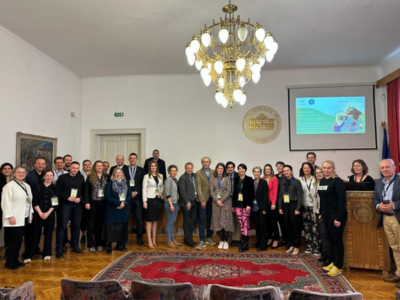
Building the universities of the future is not a project but a process. This is the main conclusion that experts in the fields of urban planning, education, and community development agreed on during the UNICA Conference “Preparing the universities of the future: (Re)building inclusive and sustainable campuses”, hosted by the University of Sarajevo, on the 25nd and 26th of April 2023.
The Conference welcomed over 60 participants, mostly from UNICA universities, with diverse profiles that span from students to officers from sustainability departments and university leadership. The event provided participants with a chance to reflect on the relation between the different actors that come into play when conceptualising and designing sustainable university campuses through the lens of the renovation of the campus of the University of Sarajevo, the UNICA member in Bosnia & Herzegovina -a country characterised by multiple cultural and religious identities, as well as ethnicities, and still healing from the war that took place between 1992 and 1995.
Counting on the participation of high level representatives from the city as well as other local relevant stakeholders, participants had then the chance to share the experience of their own universities throughout different sessions and case studies that brought to light the criteria that must be taken in consideration in the design of campuses, including the different expectations towards the campus, the strategies introducing interdisciplinary research facilities, multifunctional public and dining spaces, libraries, hybrid and flexible classrooms and offices, innovation ecosystems, inclusive residential solutions and campus service one-stop-shops.
University: a place for everyone and everyone for a place
Throughout the two day Conference there were panel discussions and case studies regarding experiences of viable designs of a multi-modal campus implemented at UNICA member universities.
After a reception held at Sarajevo City Hall on the evening of the 24th of April, the Conference officially started on the early morning of the 25th with speeches by the conference organizers, followed by the first session, which answered the questions of how universities and cities coordinate mutual transformations through their interaction.
In his introductory speech, the Rector of the University of Sarajevo, Prof. Ph.D. Rifat Škrijelj, emphasized that “Success in developing synergy between universities and their local communities will be the best promoter of universities and their importance for community transformations aimed at sustainability, inclusiveness, and openness“. The coordinators of the UNICA & City project Katarzyna Wojnar, from the University of Warsaw, and Tobias Reckling, from the University of Vienna, also greeted those present, with Wojnar stressing the importance of cooperation during the economic and pandemic crisis.
As the title of the event suggests, an evident goal that is common to all experiences presented during this event is to have spaces that are sustainable and promote sustainability. But what exactly does this mean? Beyond having spaces that are green and inclusive in themselves, it’s about an holistic approach that encompasses more that the physical structure. As Professor Ivanka Popovic, former Rector of the University of Belgrade and current Board Member of the European University Association, explained “it is not about creating an environment where everyone is an expert of sustainability, but rather to understand the dimension that whatever is it that they do, it is connected to impacts on sustainability“.
Highlights
One of the highlights of the first day of the Conference was the presentation of the renovation and construction of the campus of the University of Sarajevo, with funding from the government and the European Investment Bank. The campus is located in the city’s administrative centre and was originally a site of military barracks, a feature that provides an interesting example into the many layers and actors that play a part in the architectural design of universities, which includes preservation of historical hallmarks as well as being mindful of the neighboring communities and buildings. One characteristic that is also worth emphasizing in the sustainable effort of the project is the use of the materials of the demolished buildings to put up the new ones that replaced them.
The second day was dedicated to understanding and balancing stakeholders’ and university community’s expectations from the campus. This brought in the perspective of different actors, namely students and international students, the creative sector, the surrounding community who’s not part of academia, and even the more abstract idea of future generations that will be using the campus. This session brought the Conference to a full circle since, through the eyes of different actors, as it landed on the same idea with which the Conference started. In the words of Katrina Sproge, Vice-President of the European Students’ Union, “The campus is not just the building, but the environment that it is developed within“.
What did we learn?
Universities are making an extraordinary effort to become sustainable and inclusive – this is not exactly news nor was a Conference needed to arrive at such conclusion. What the Conference in Sarajevo provided was an opportunity to look concretely into how such efforts are put in place, the limitations that universities face to make their projects a reality, the opportunities that are available to financially support their ideas, and the creative ways to involve academic and surrounding communities in such processes.
And across all of this, there is one element to bear in mind: time. Building the universities of tomorrow is not something that can be pulled from night to day and it takes more than a village – it takes generations. It is challenging financially, operationally, and requires many joint and coordinated efforts from a diverse array of actors. Additionally, one must also consider that circumstances that were behind the motivation for complex projects will likely change before those projects have been fully materialized – lifestyle of citizens change, research practices become different, approaches to teaching and learning evolve. In this way, if universities are to adapt their ideas and not to miss the valuable experiences and lessons along the way, they can’t focus too much on achieving a particular outcome they initially projected.
All in all, the universities of the future are paradoxical: they’re already here if we think of the achievements that have already been met but they are always unfinished because they are still under construction. Probably, like for many things, it’s about the journey, not destination.
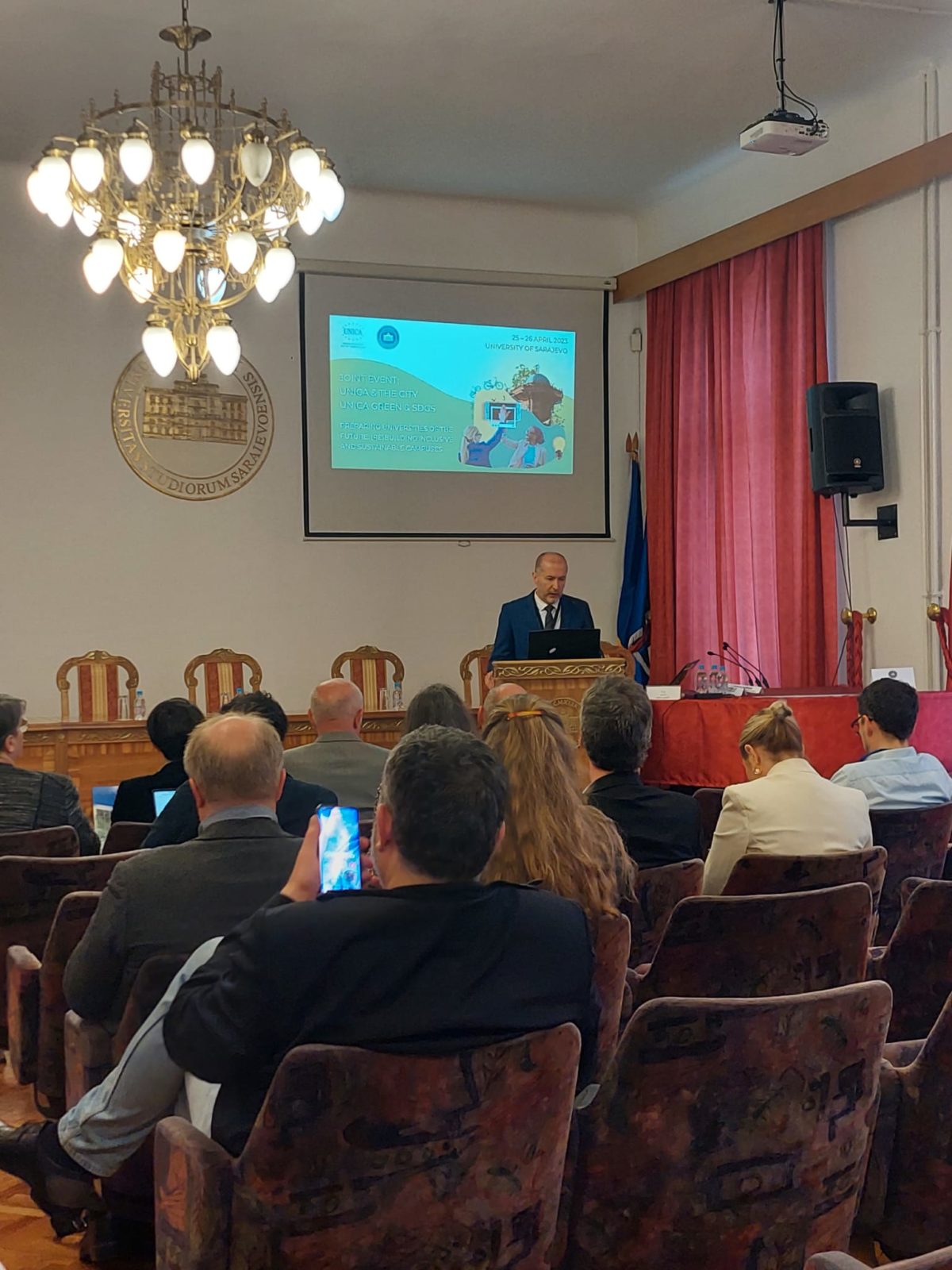
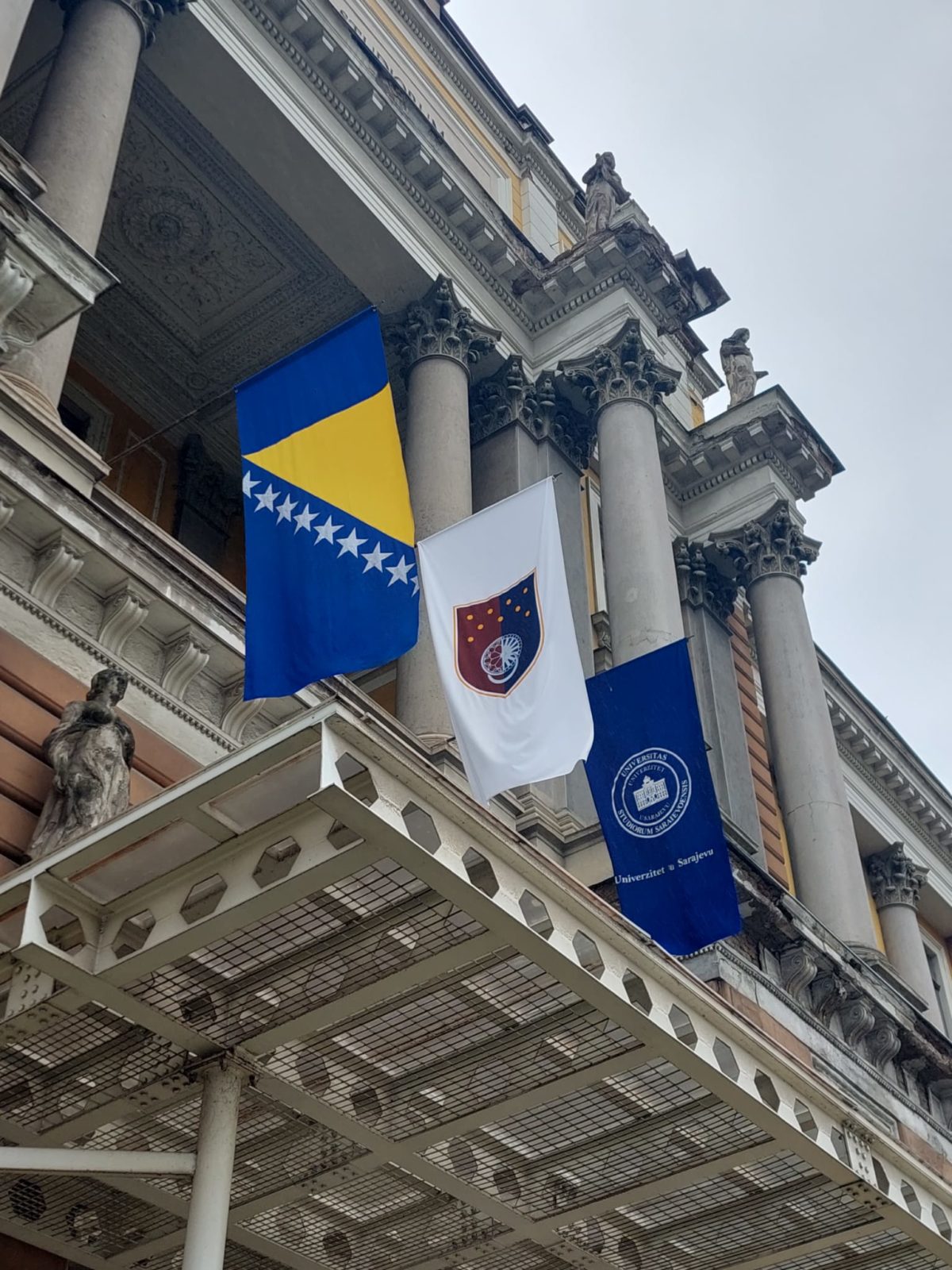

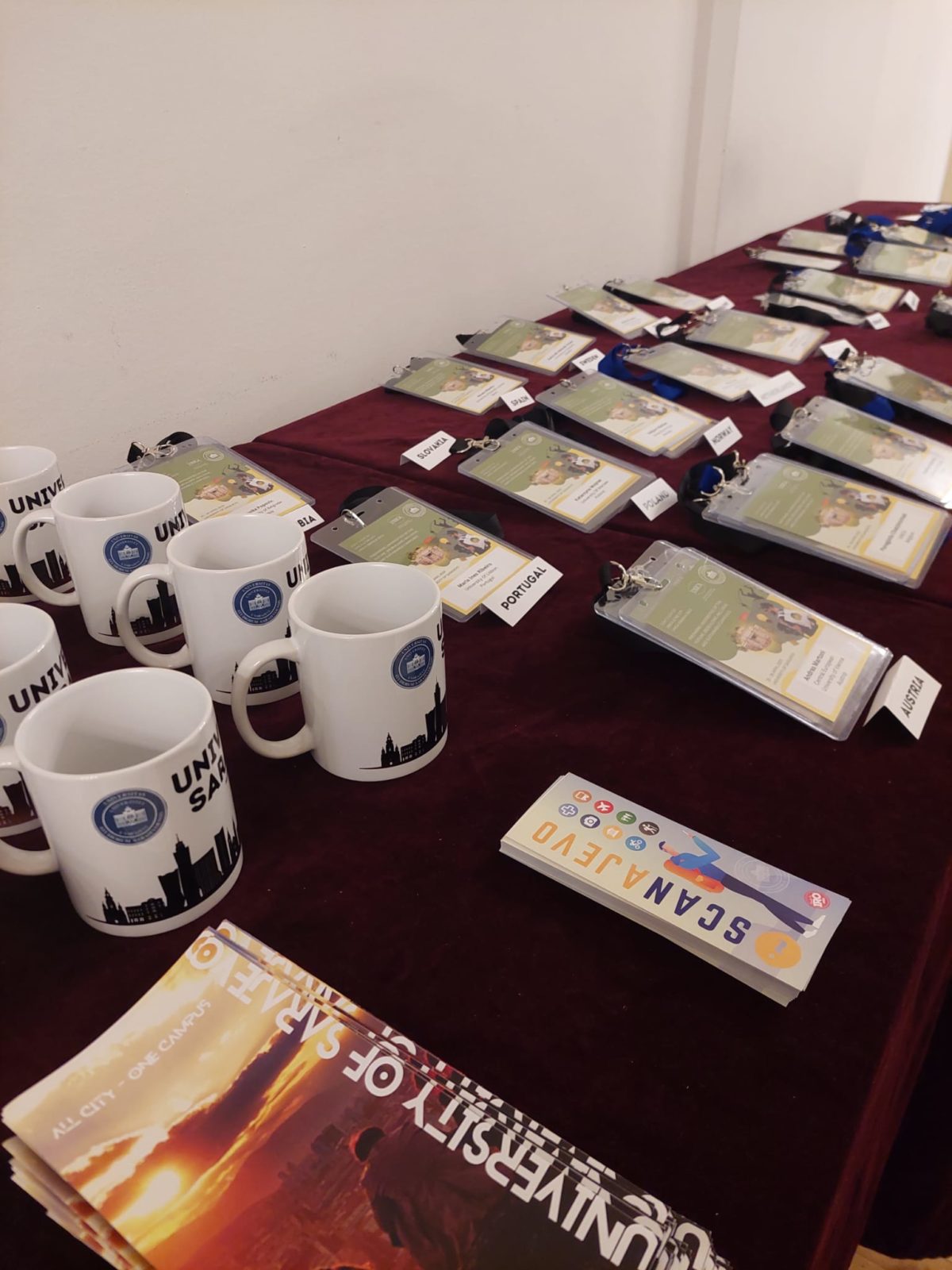
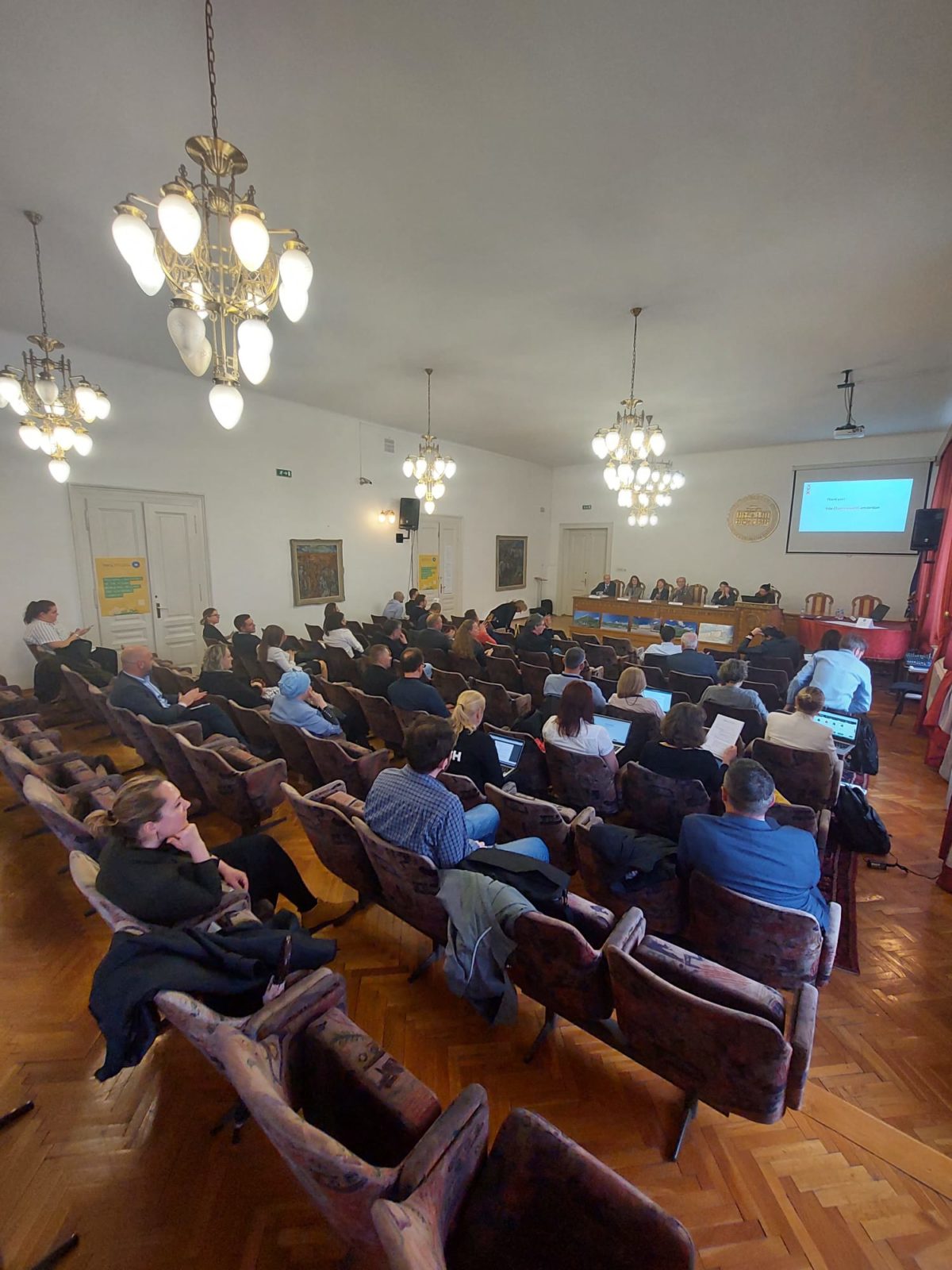
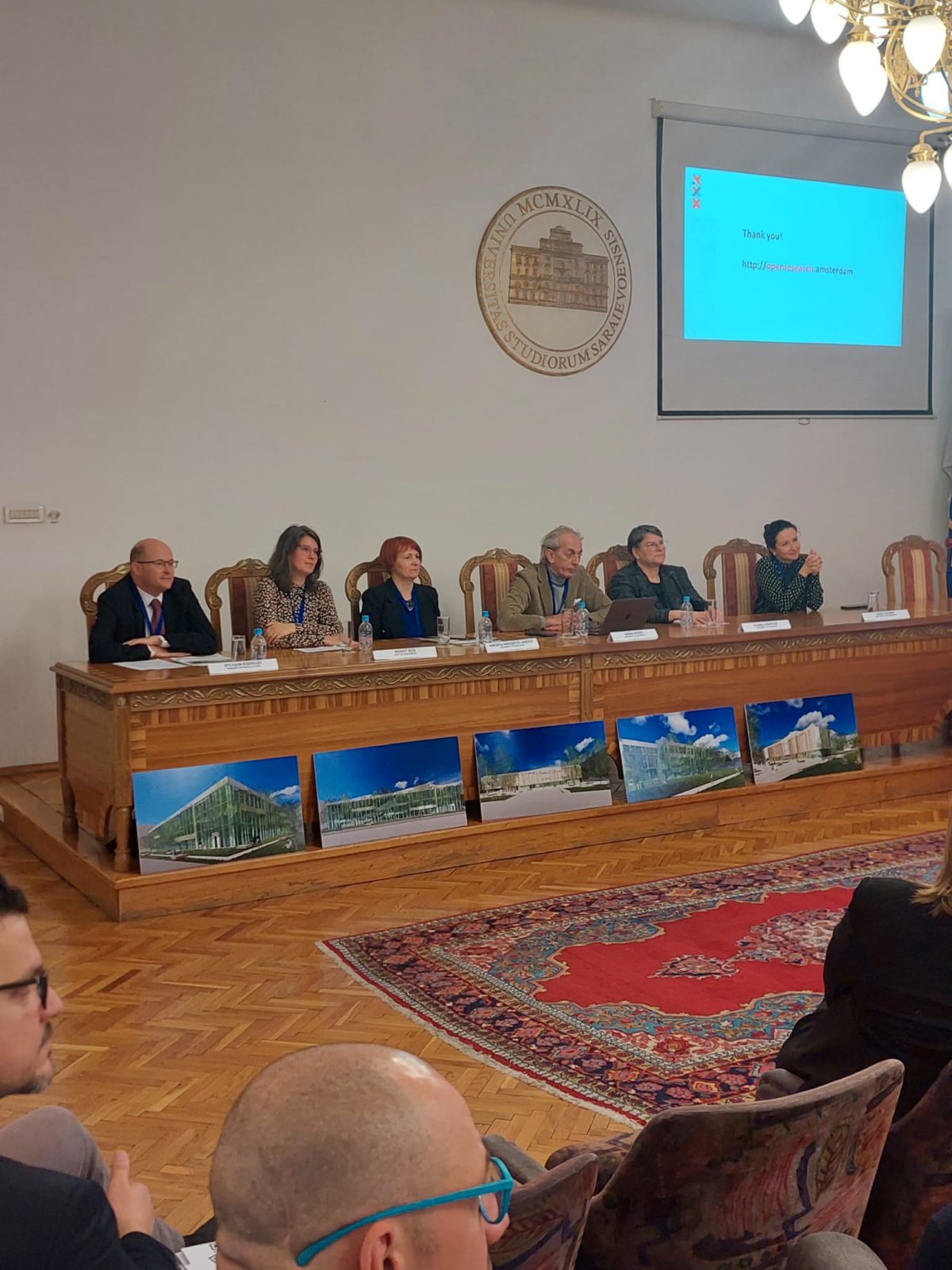
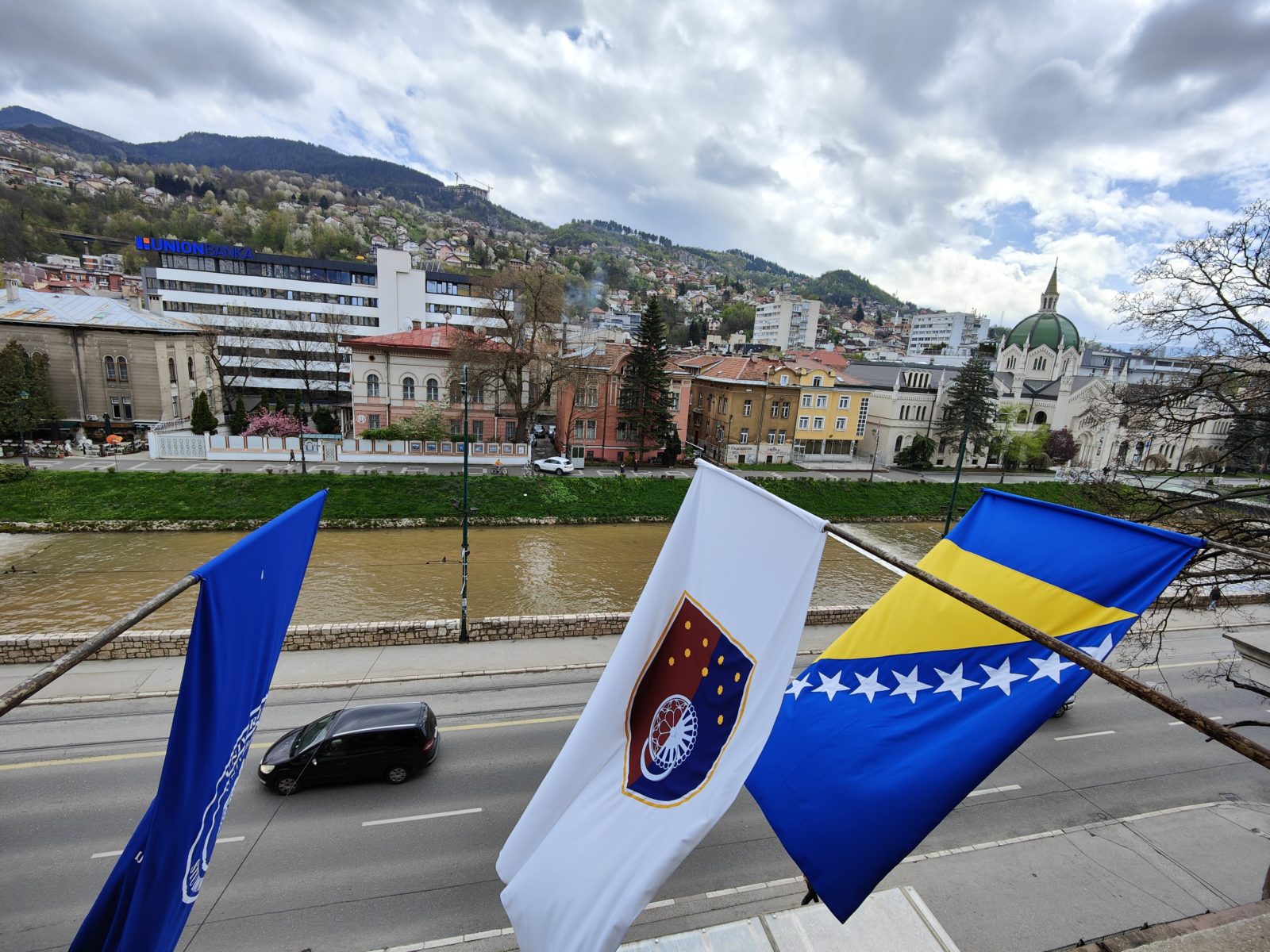
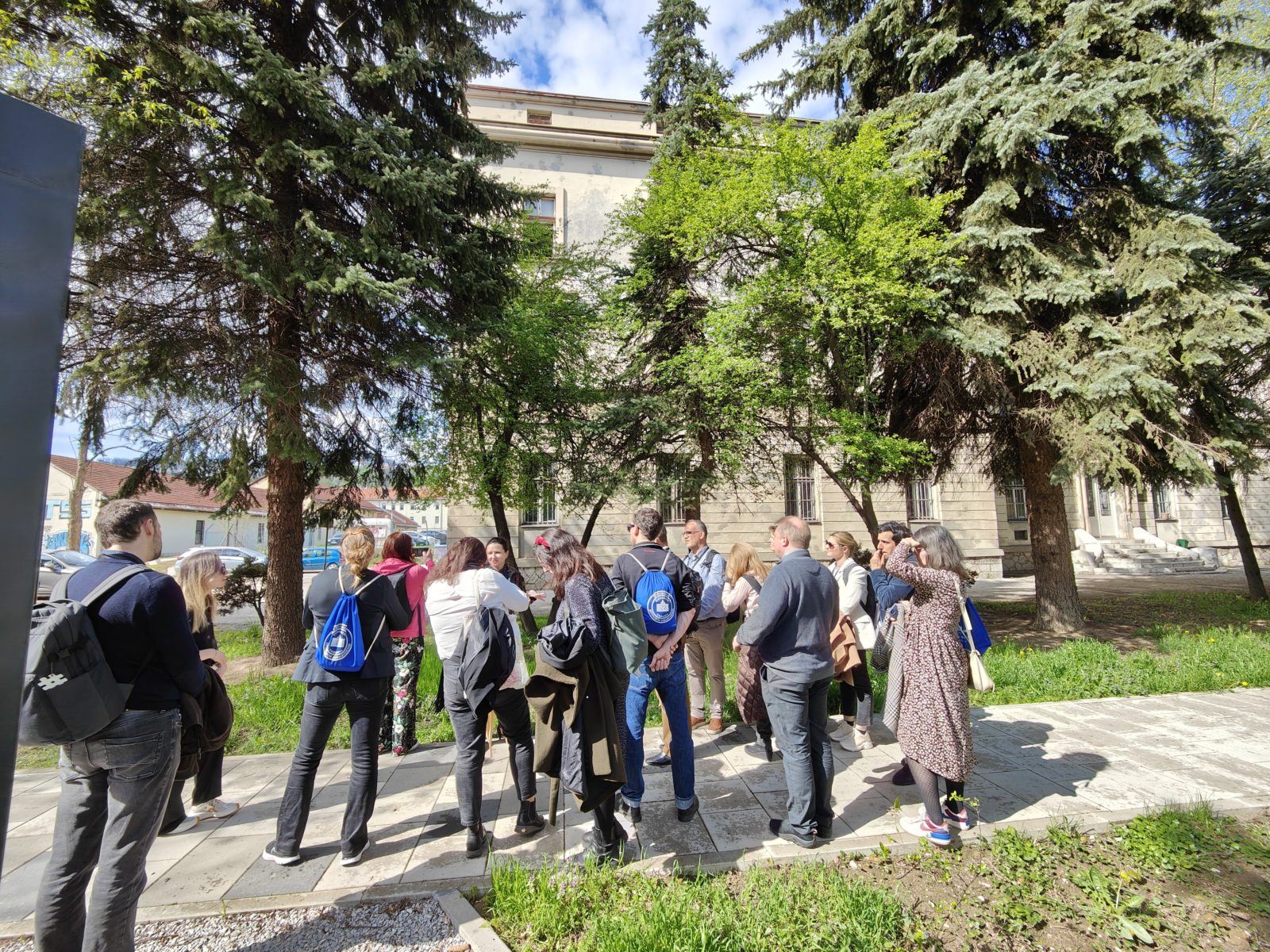
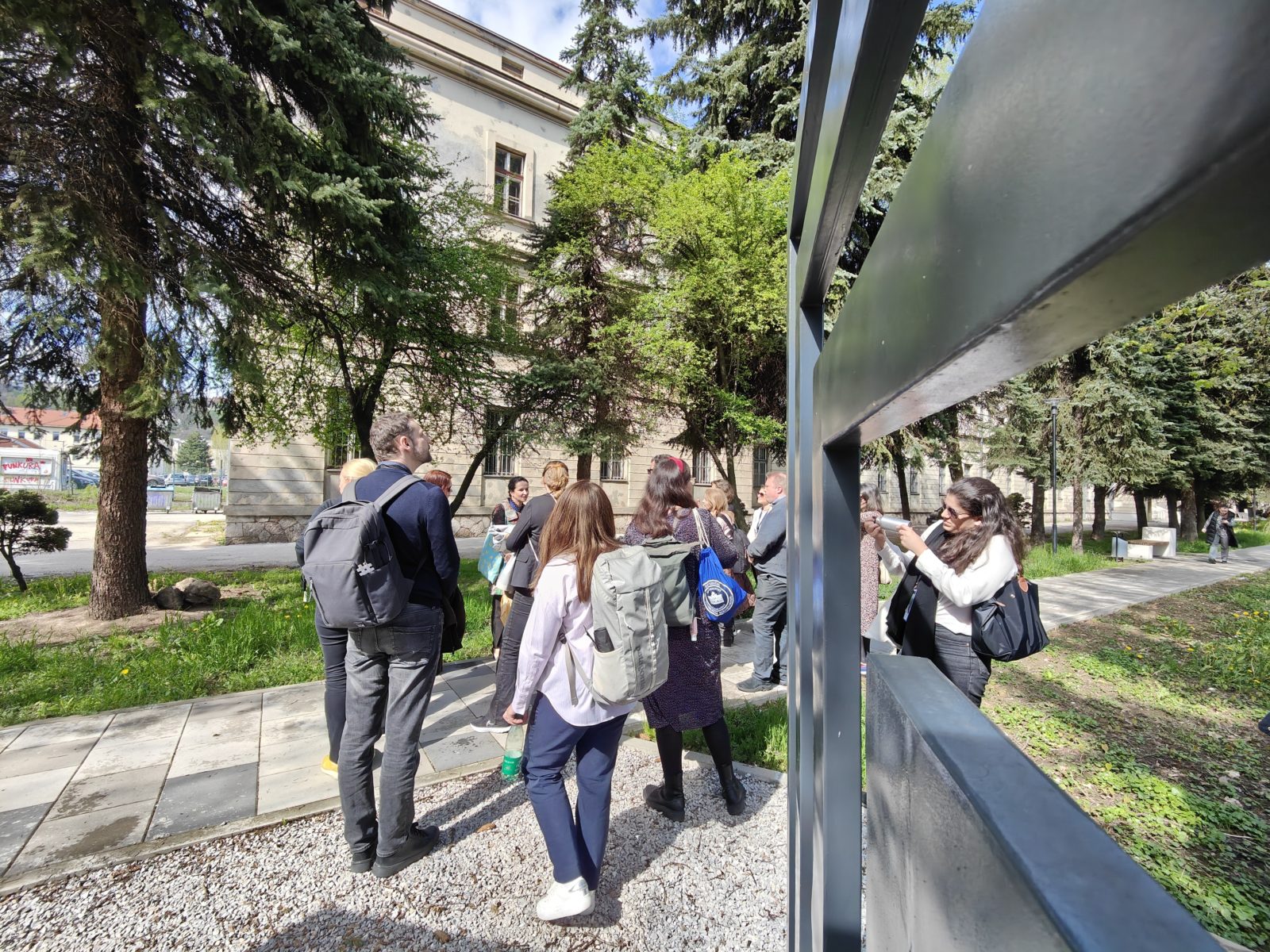
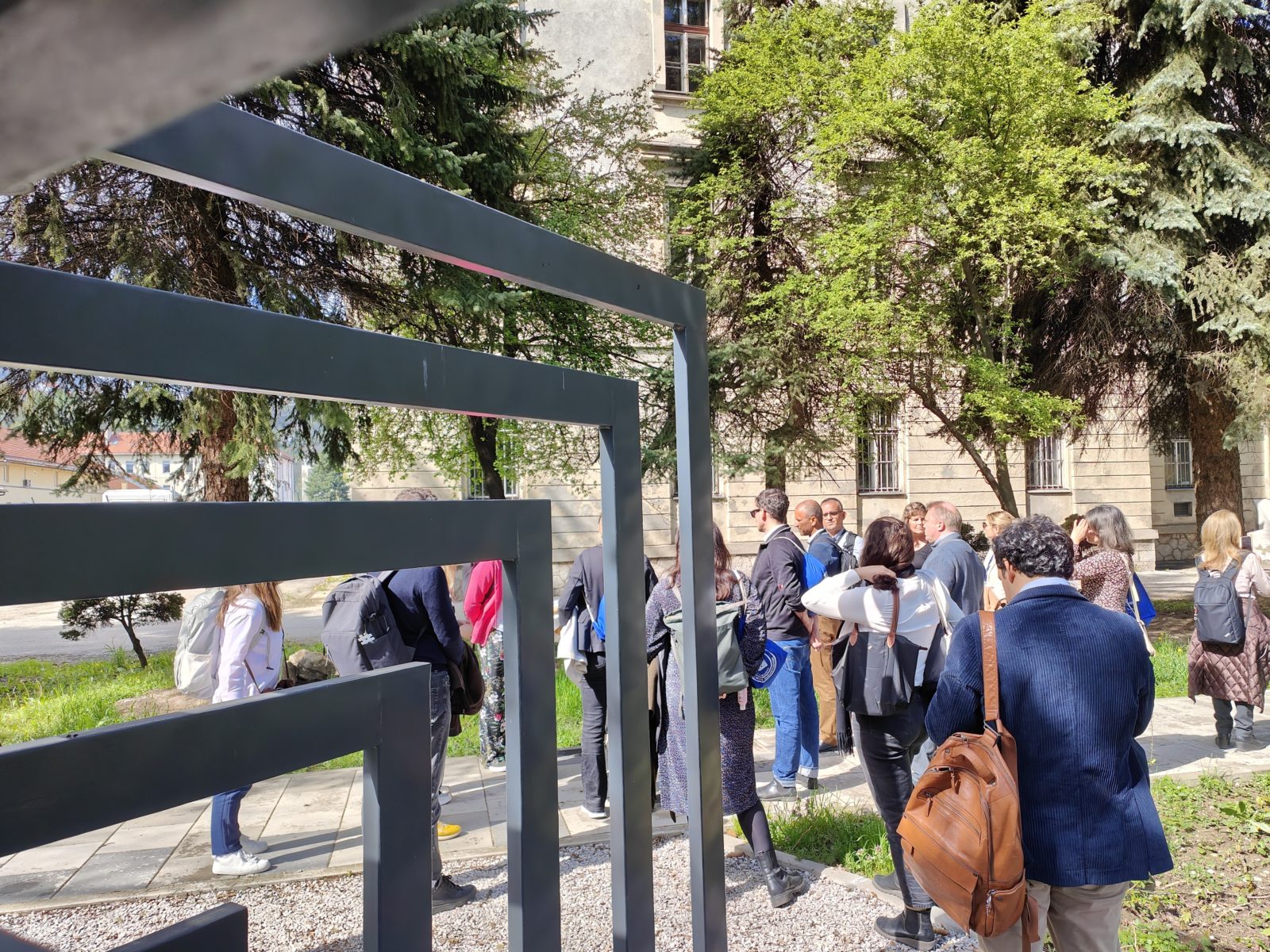
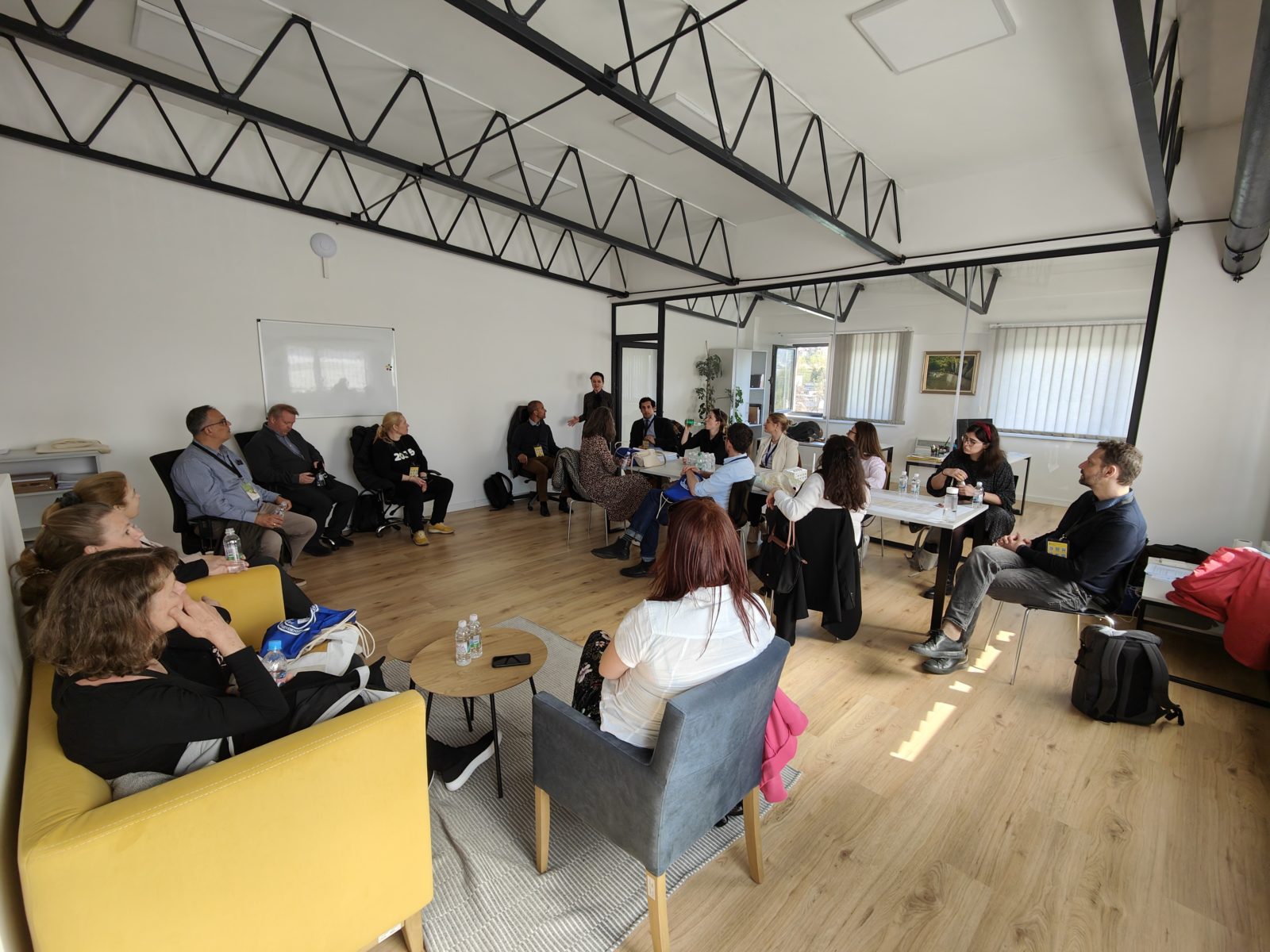
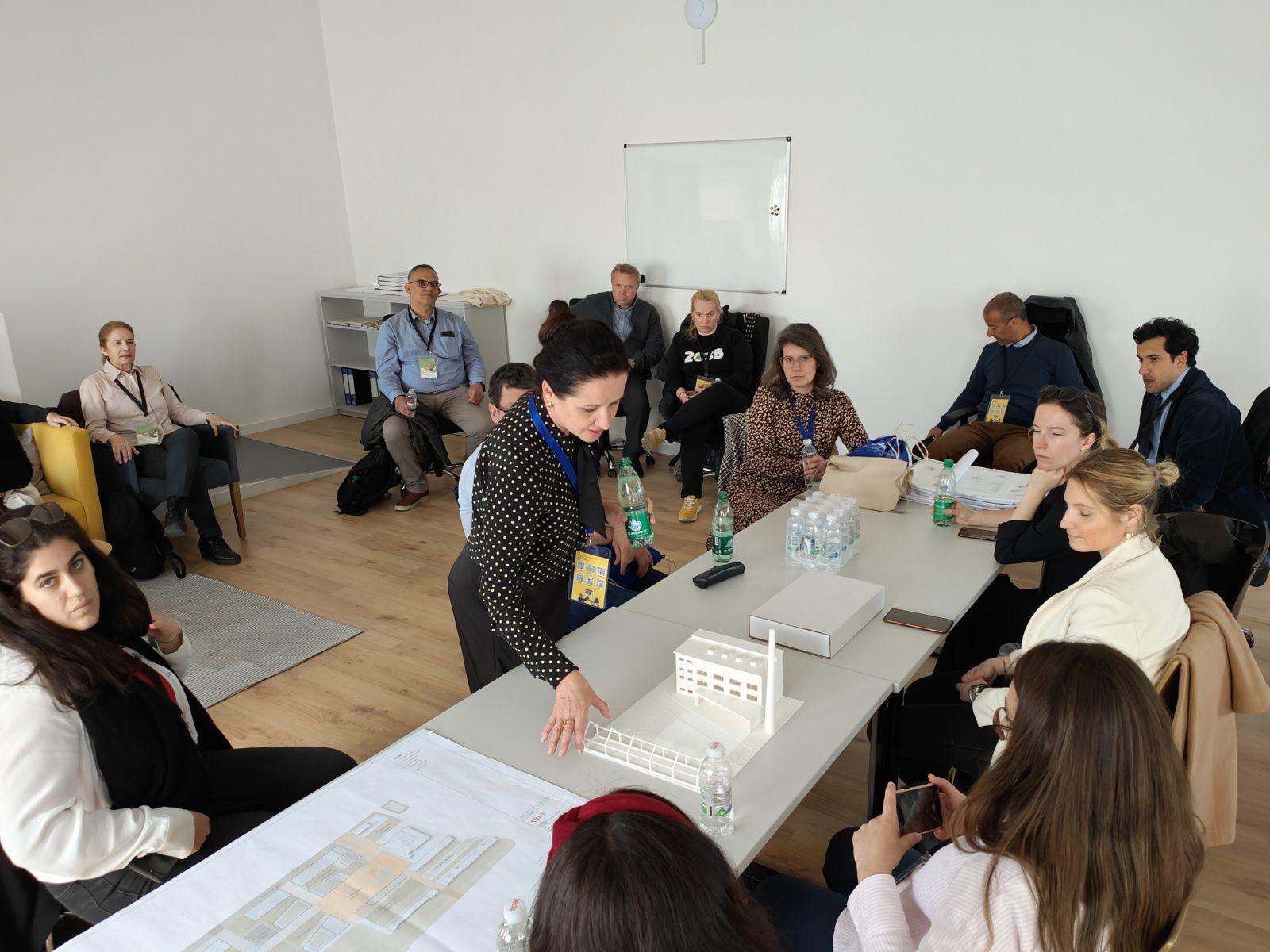
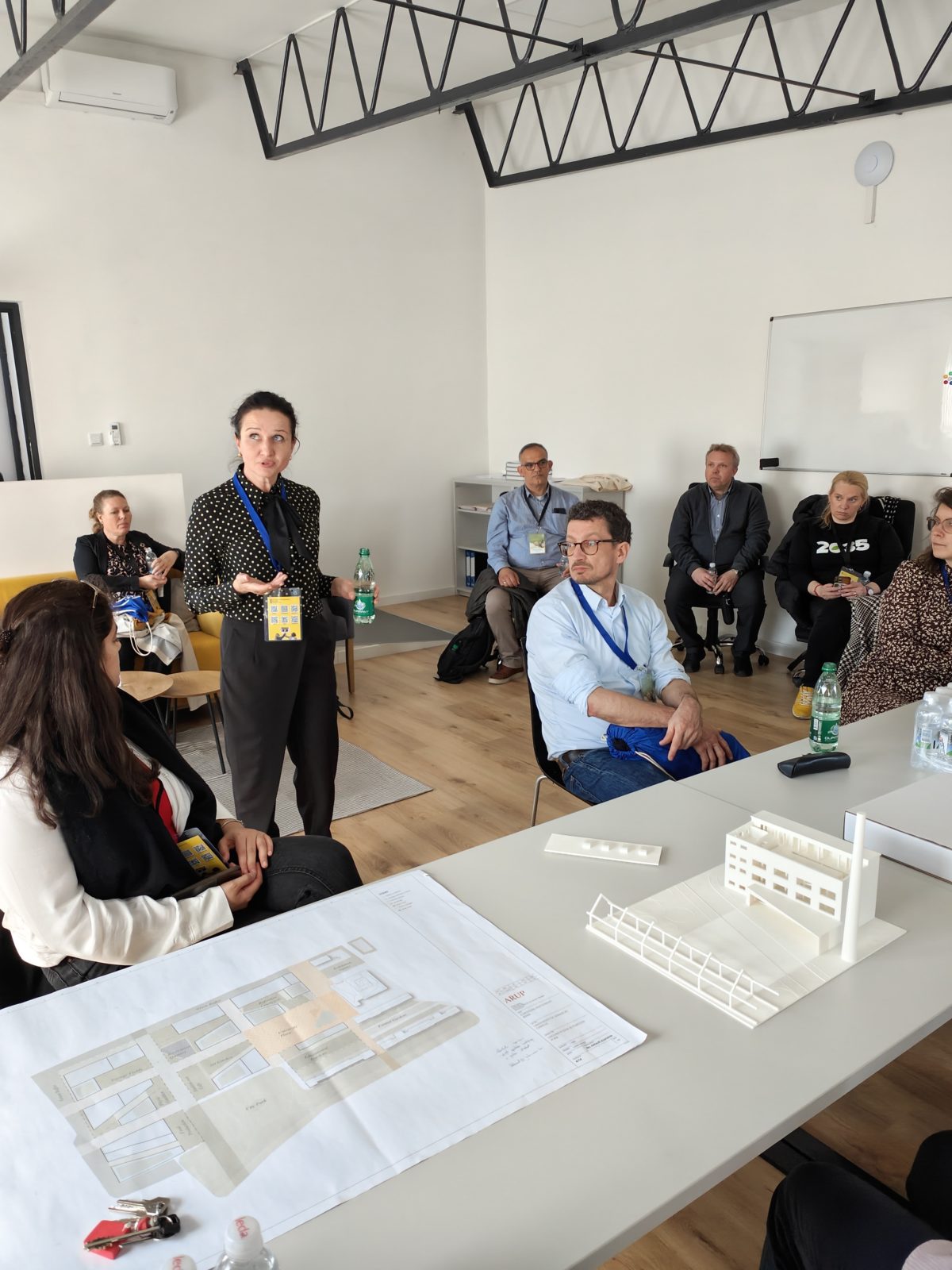
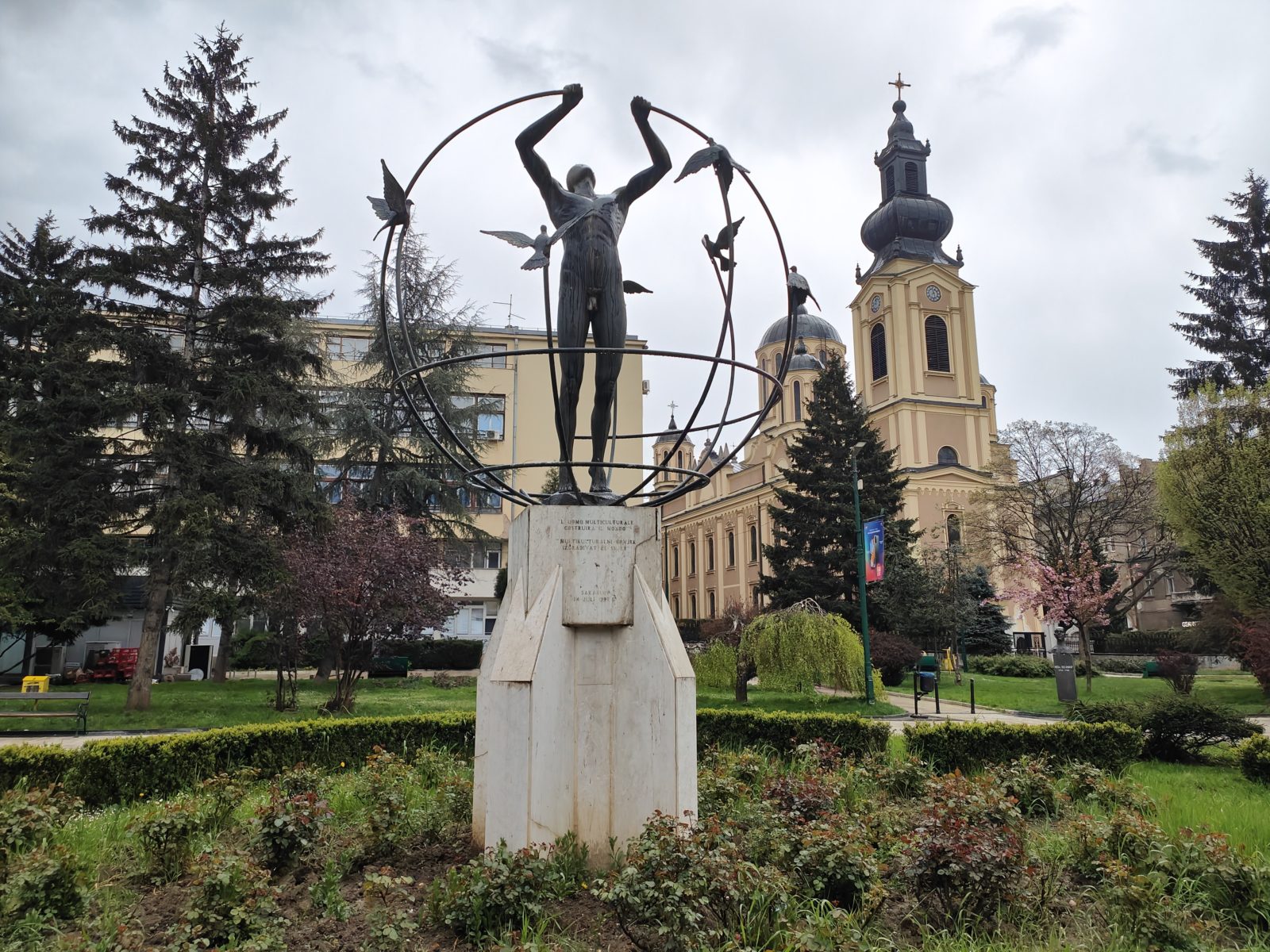
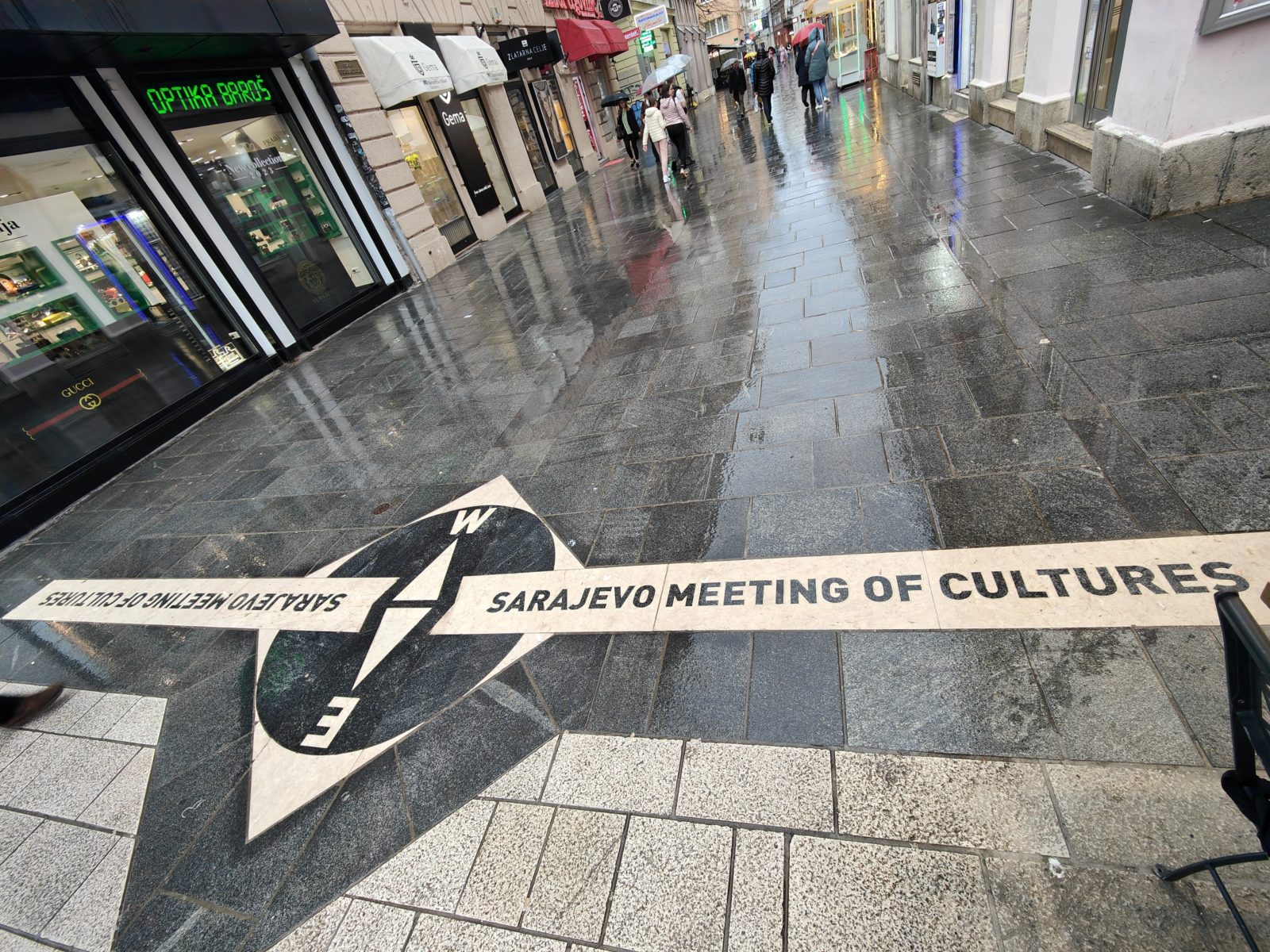
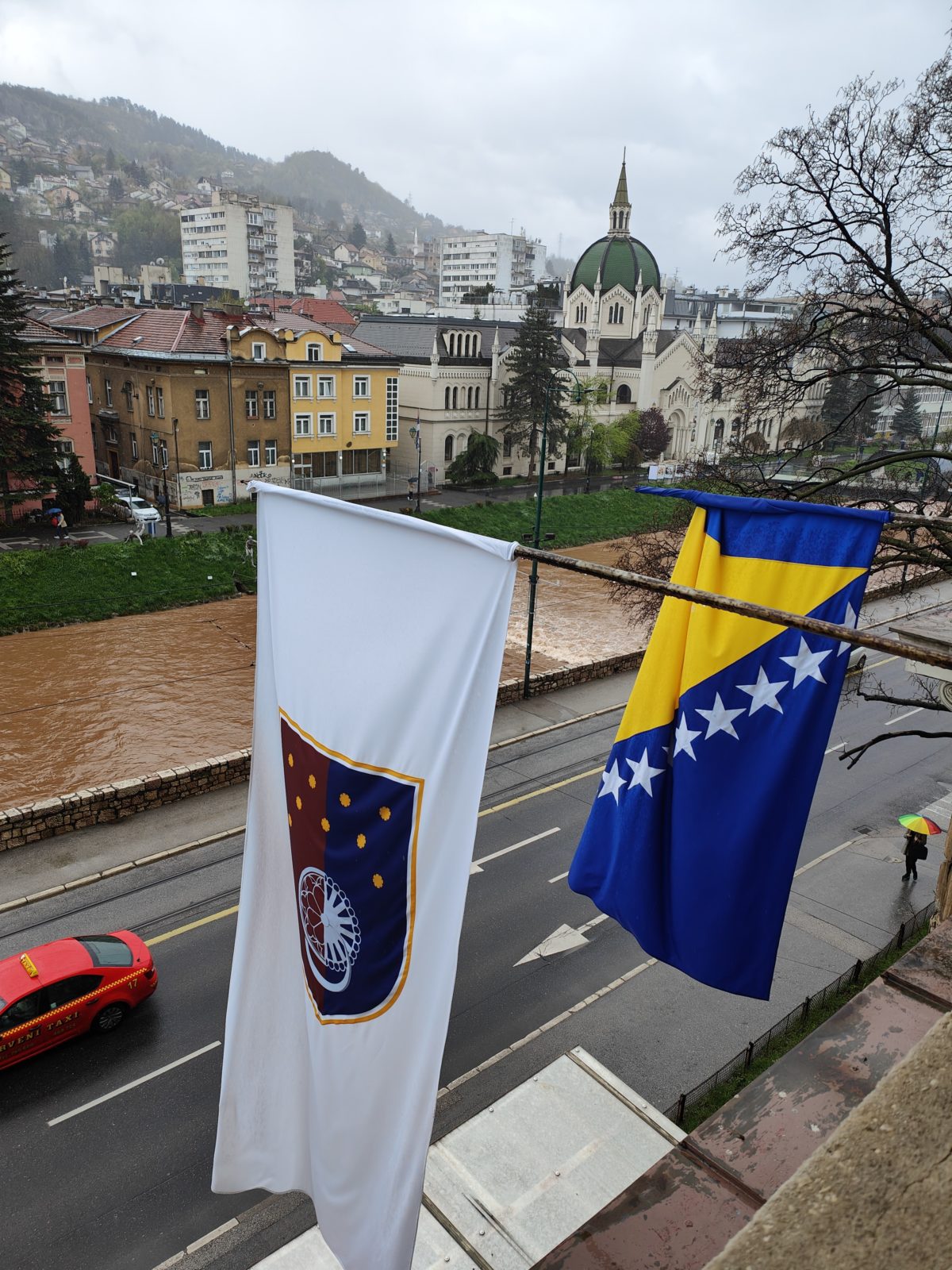
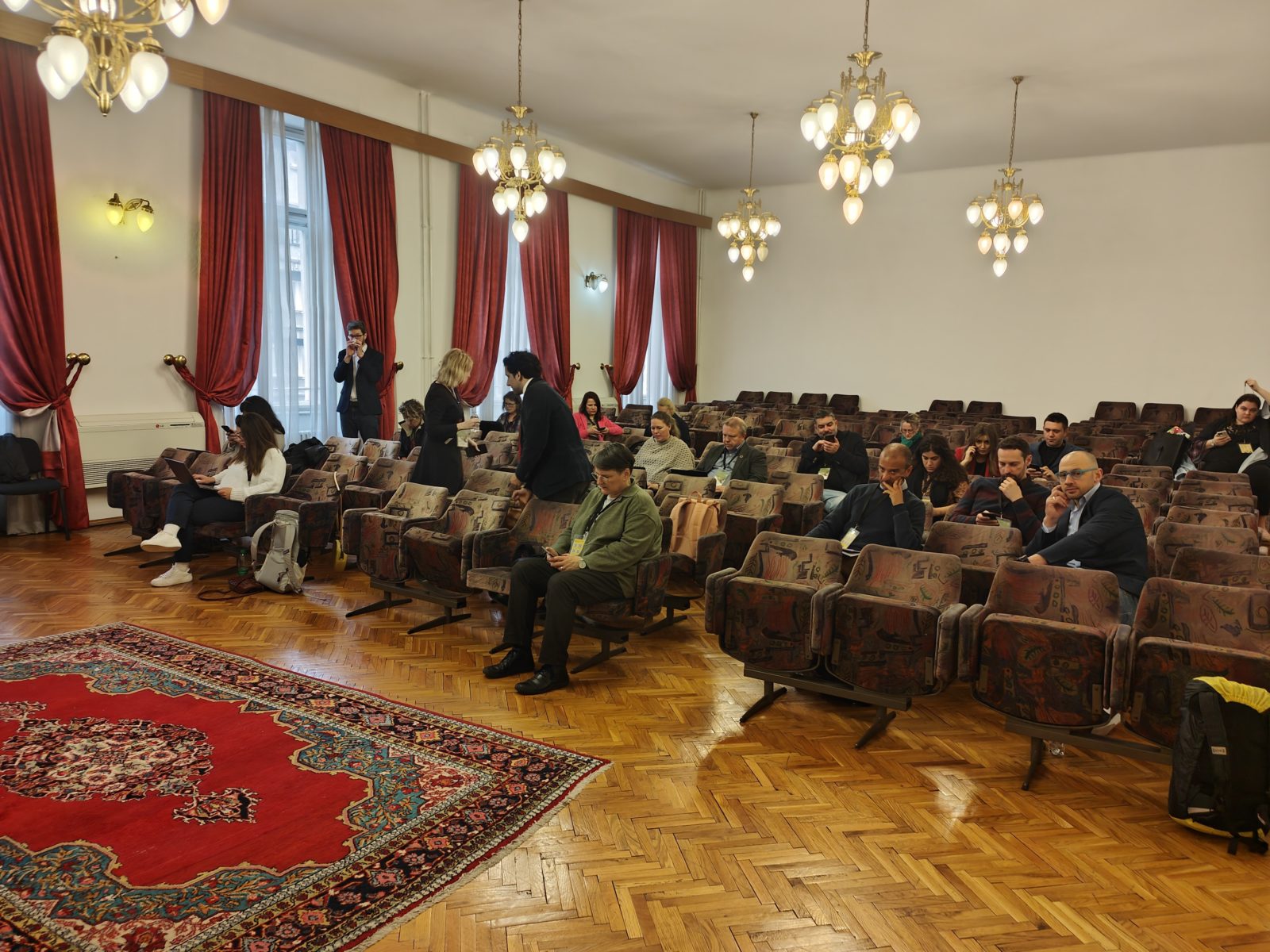
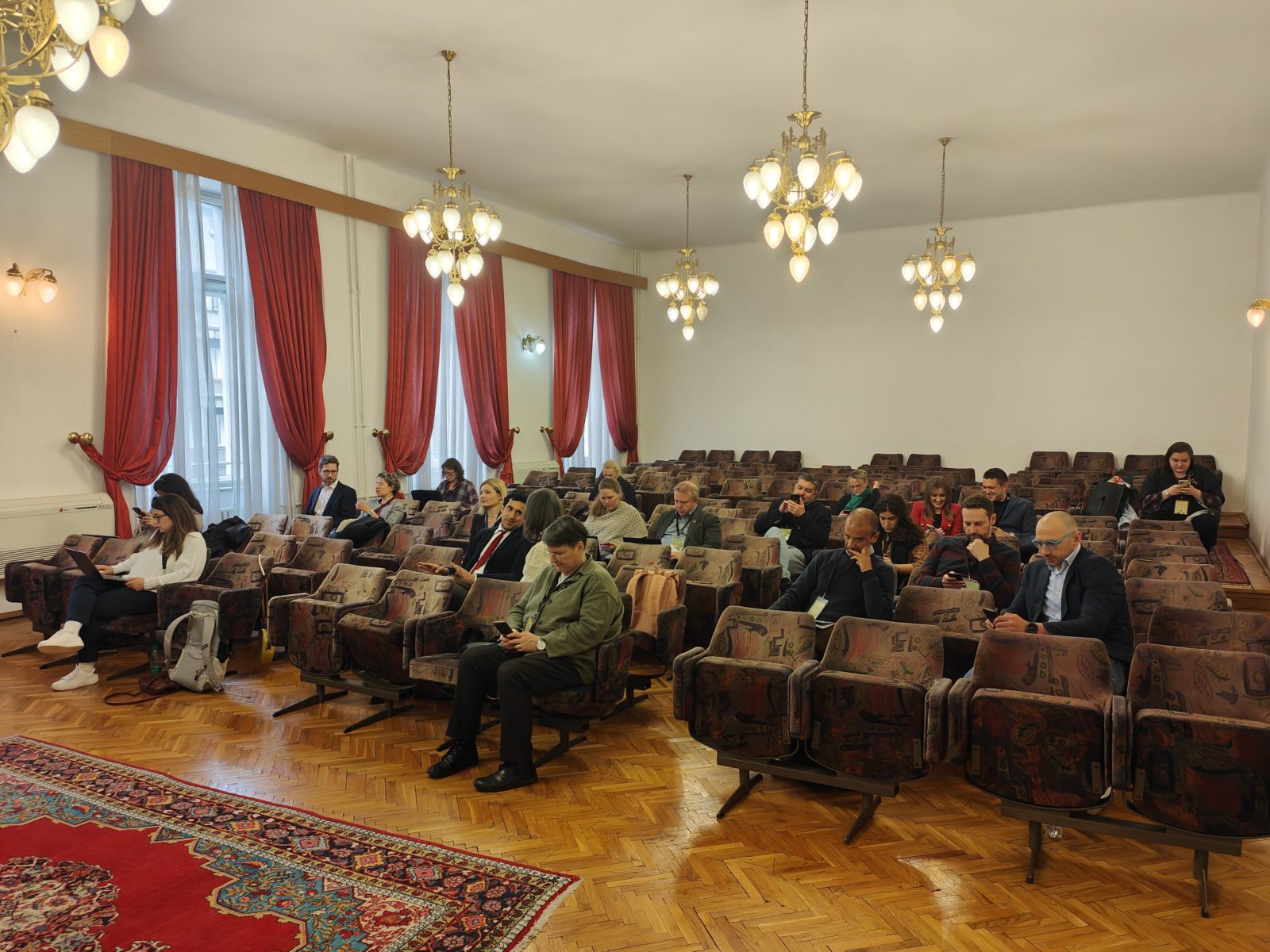
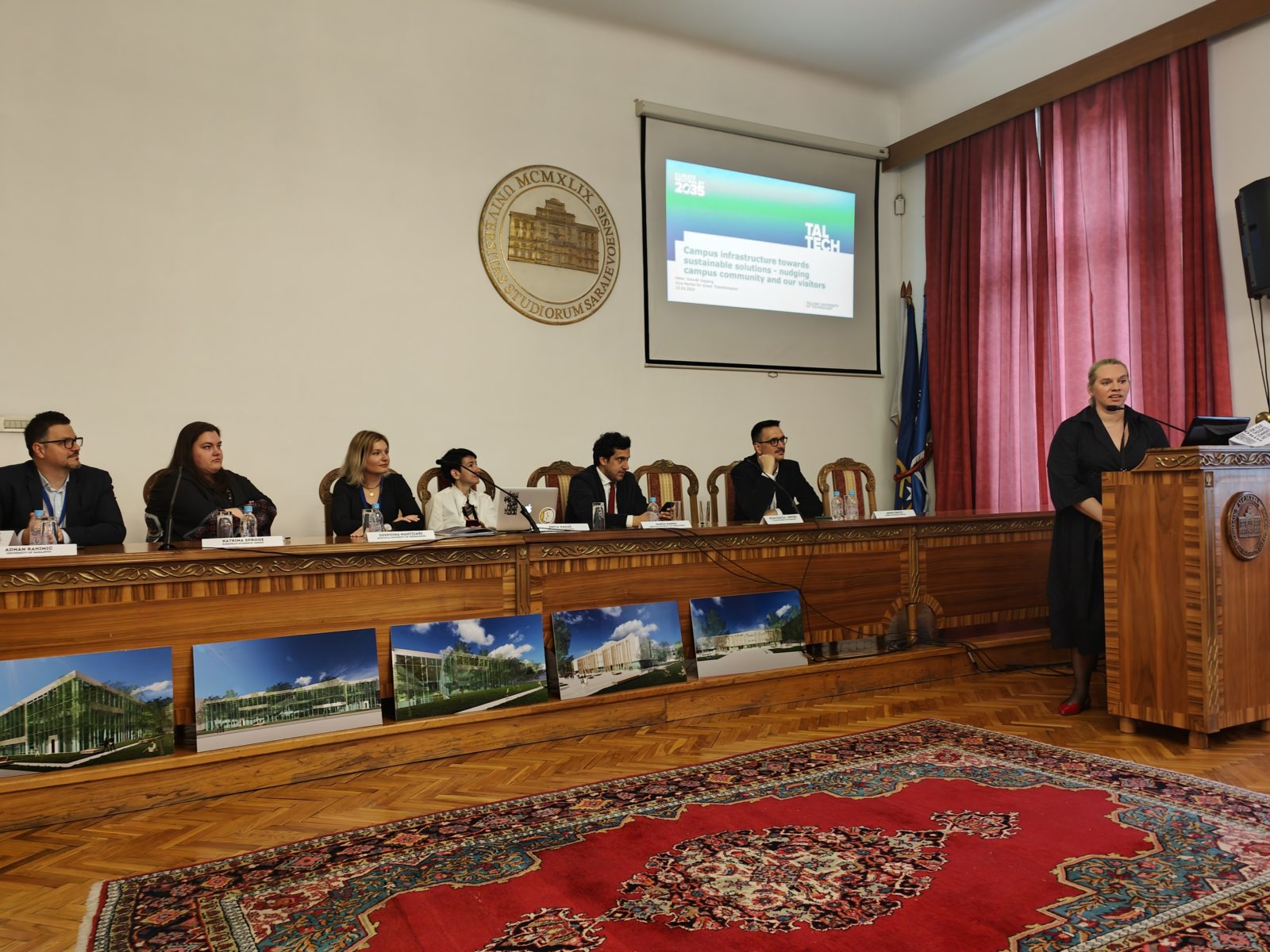
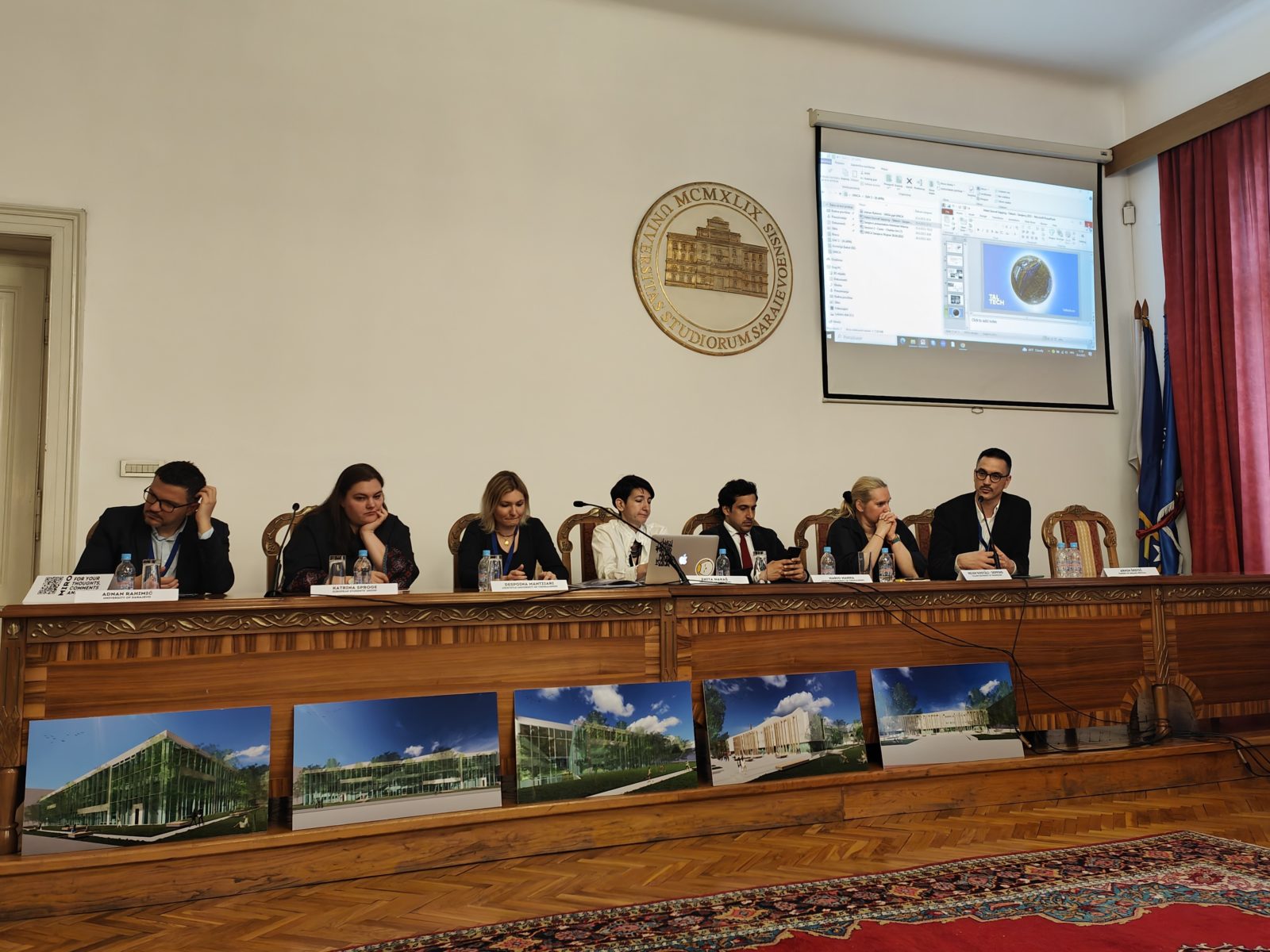
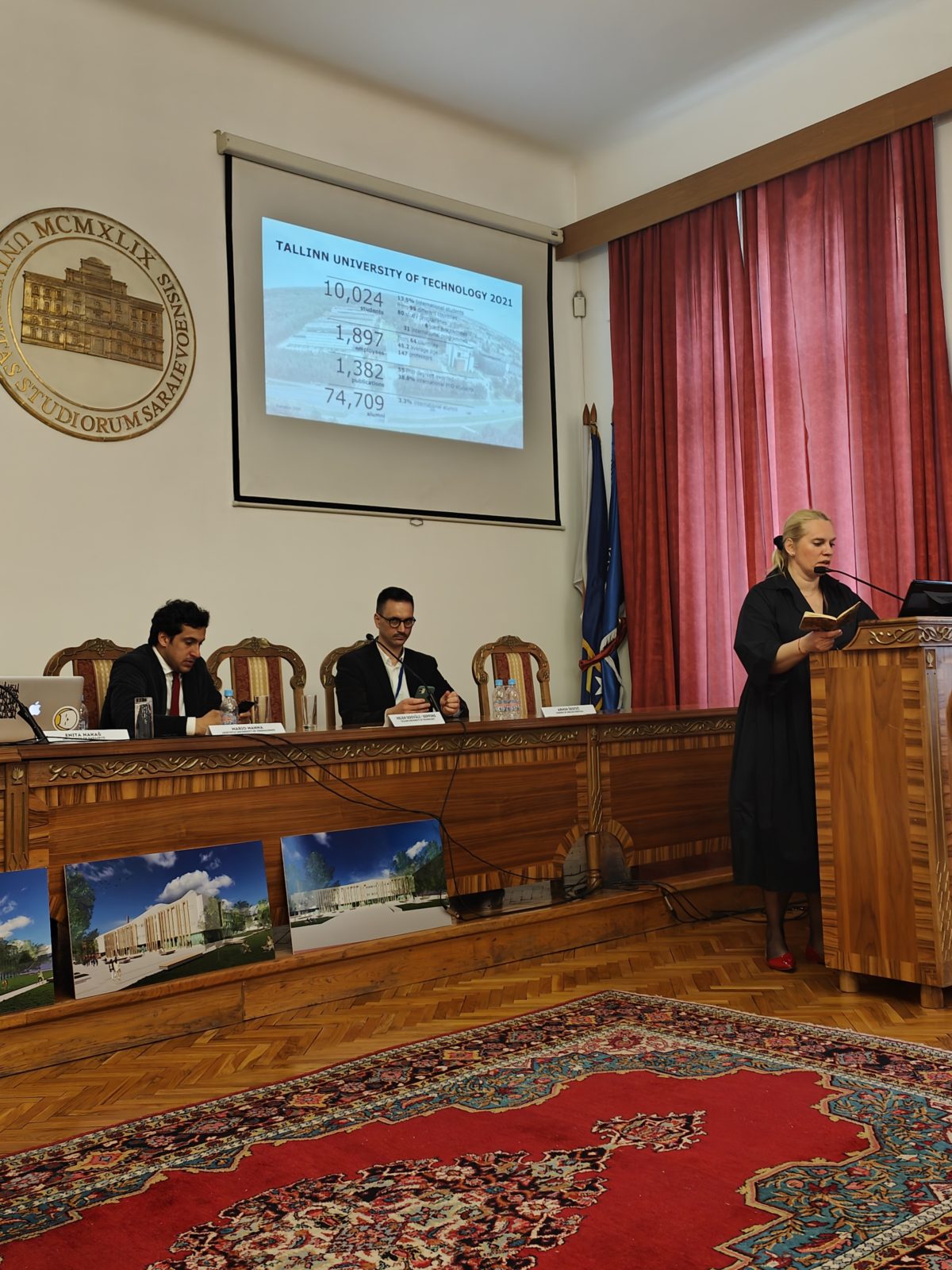
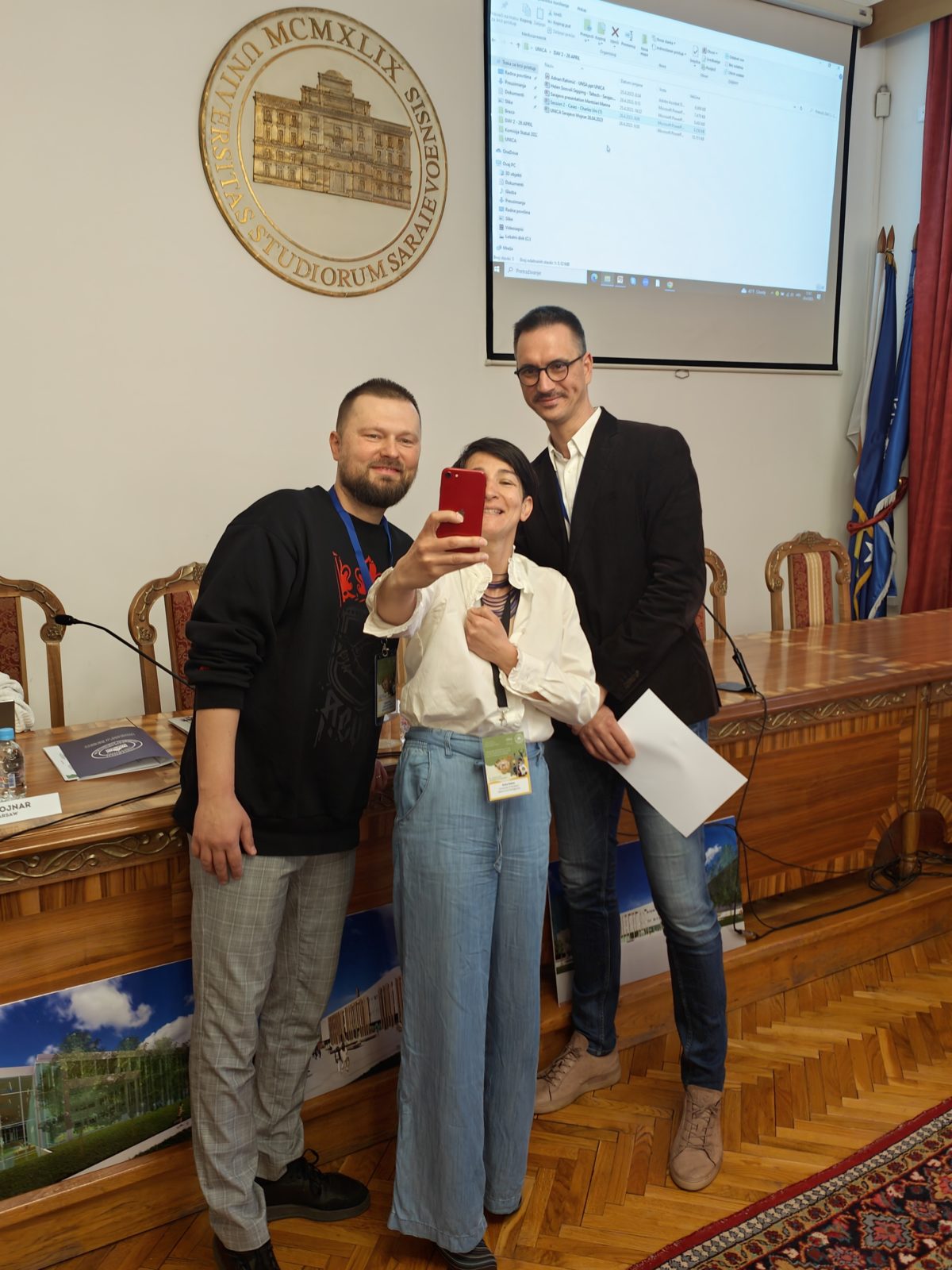
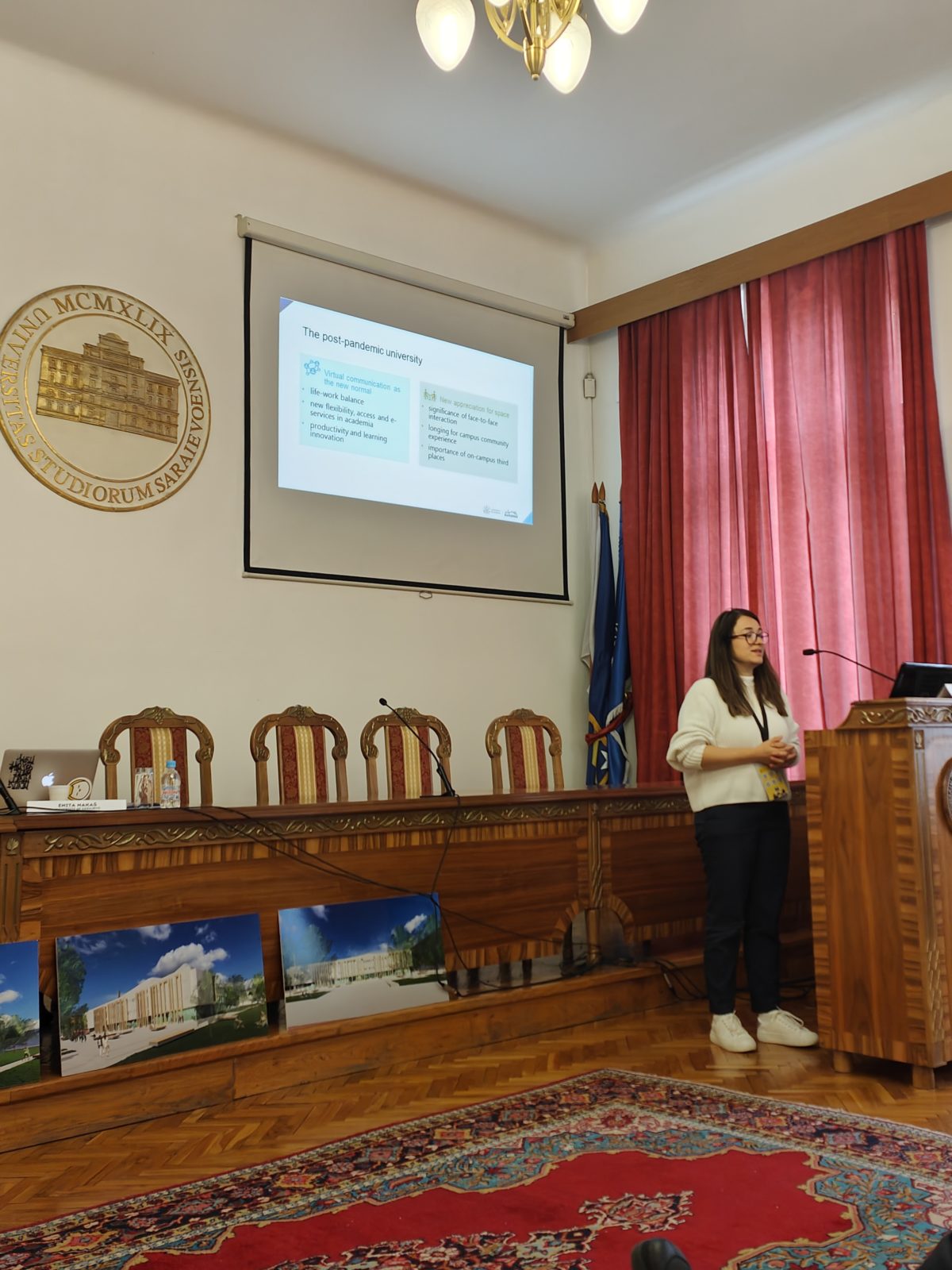

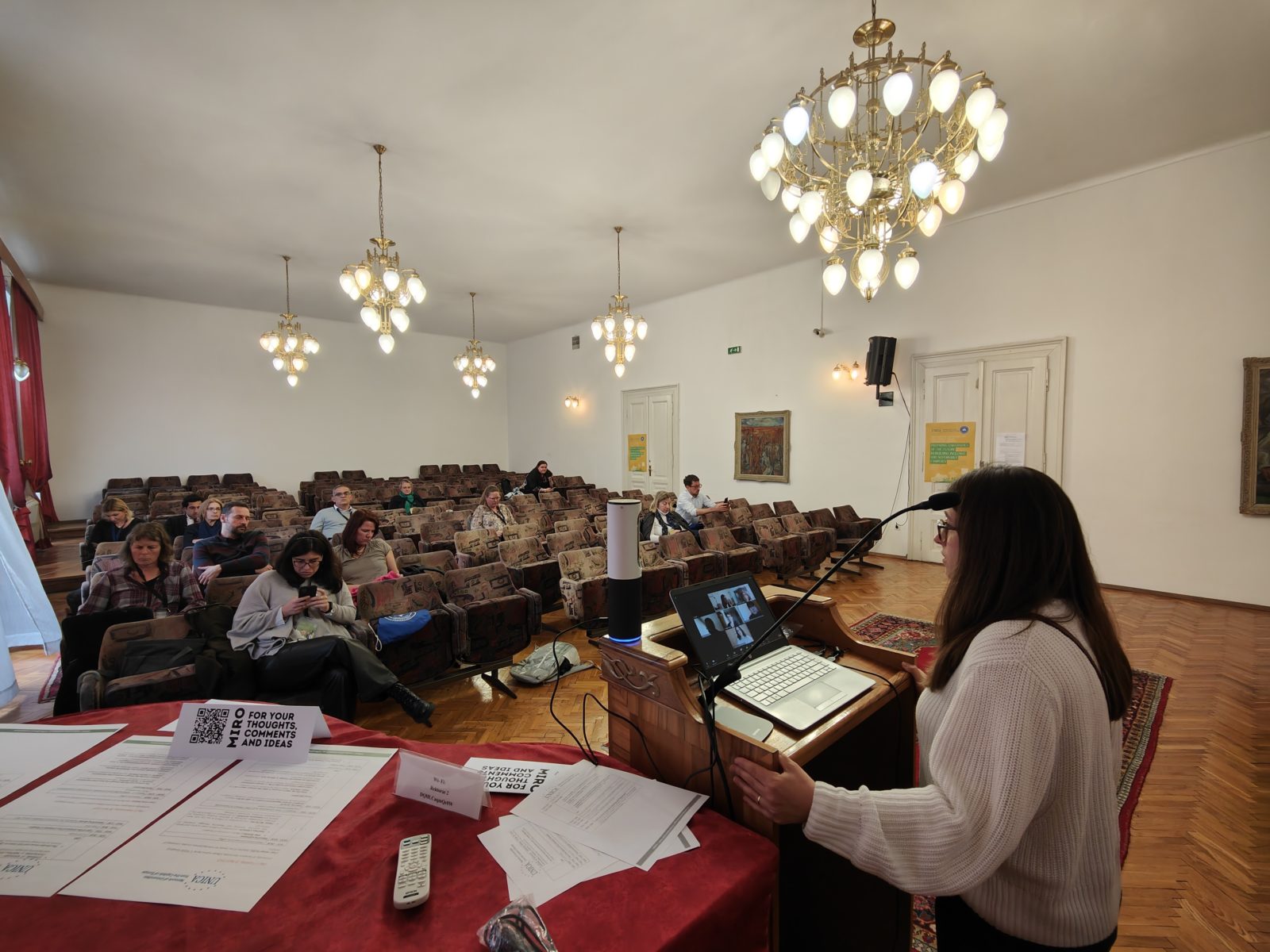

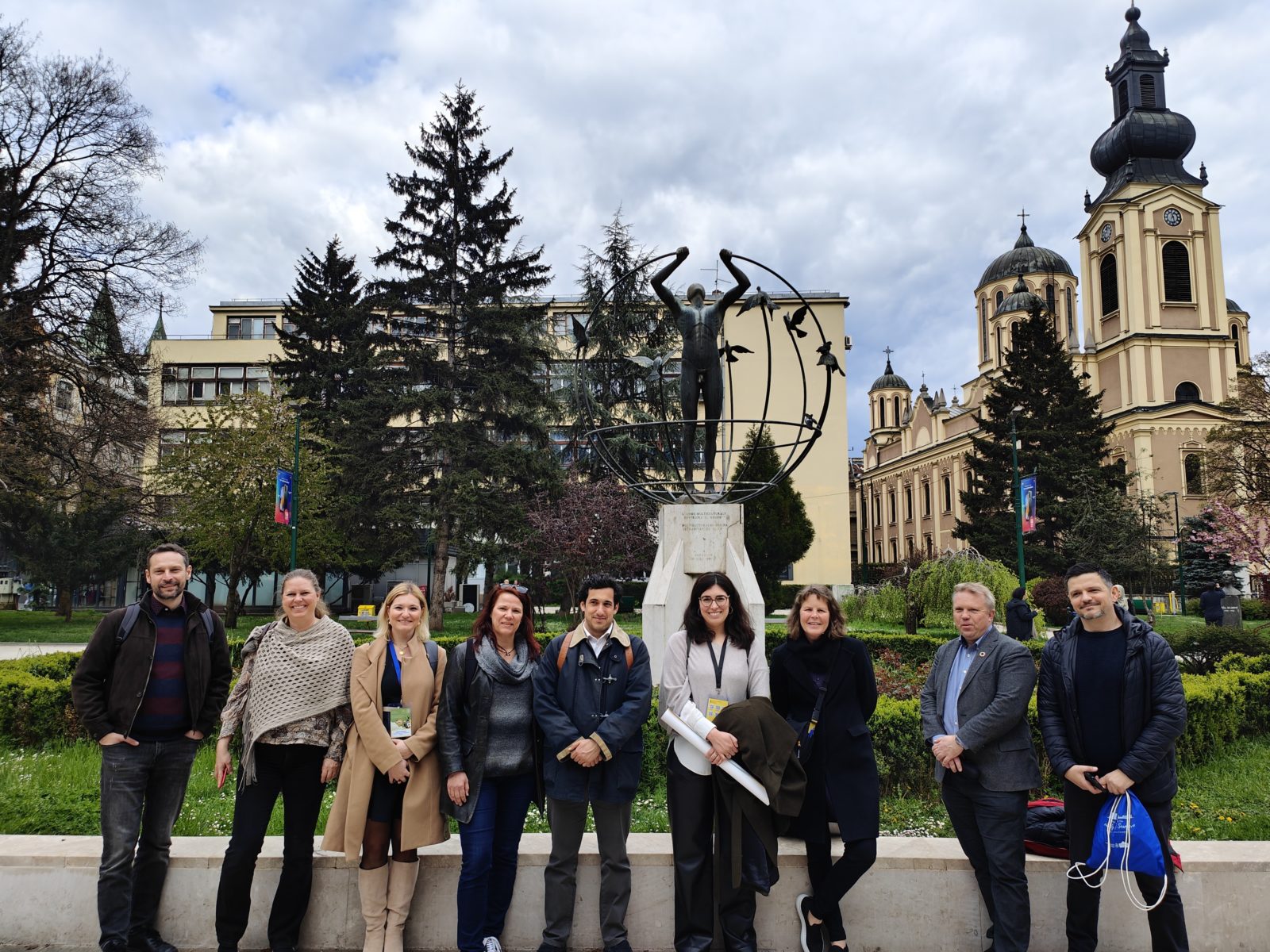
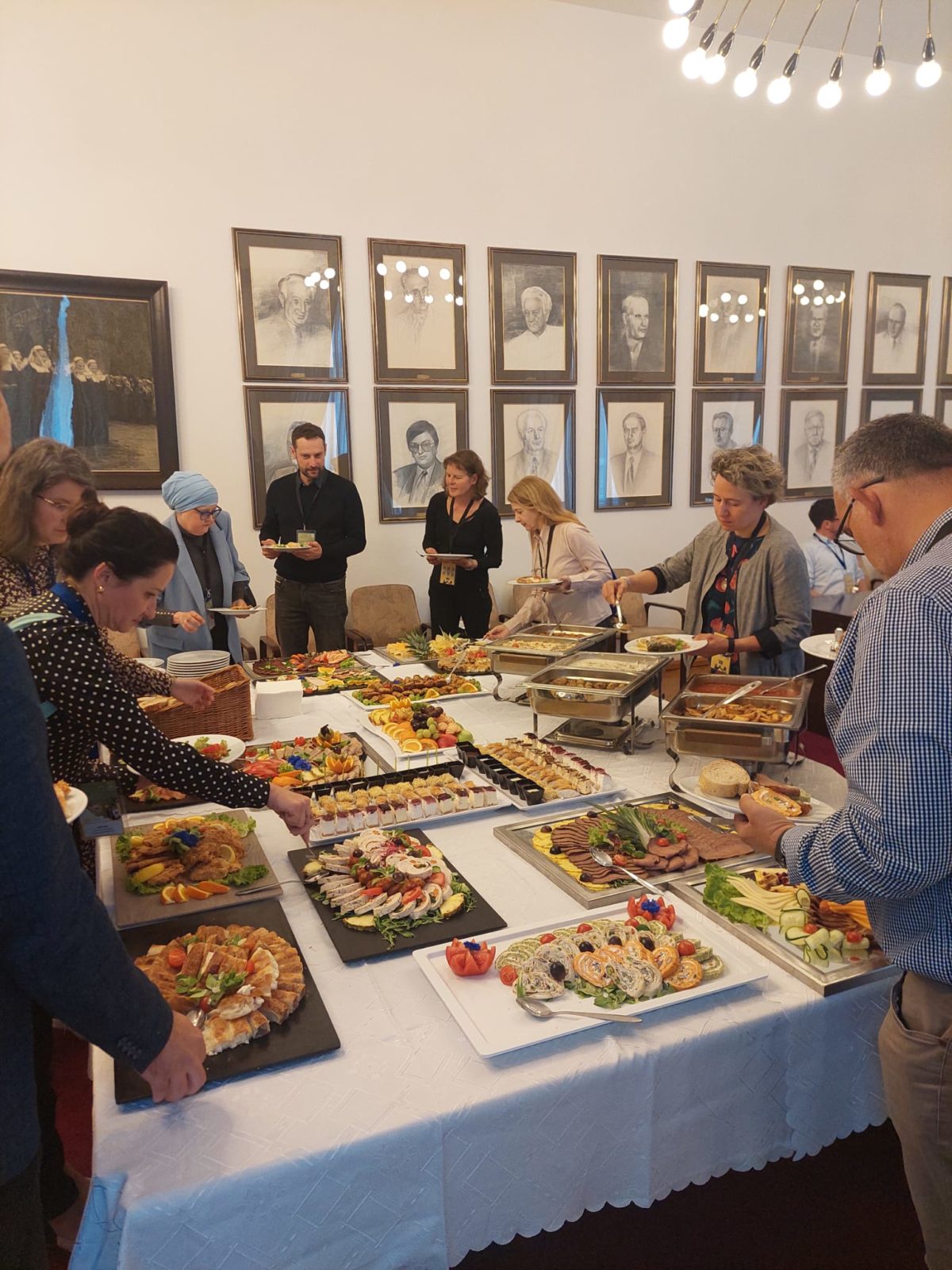
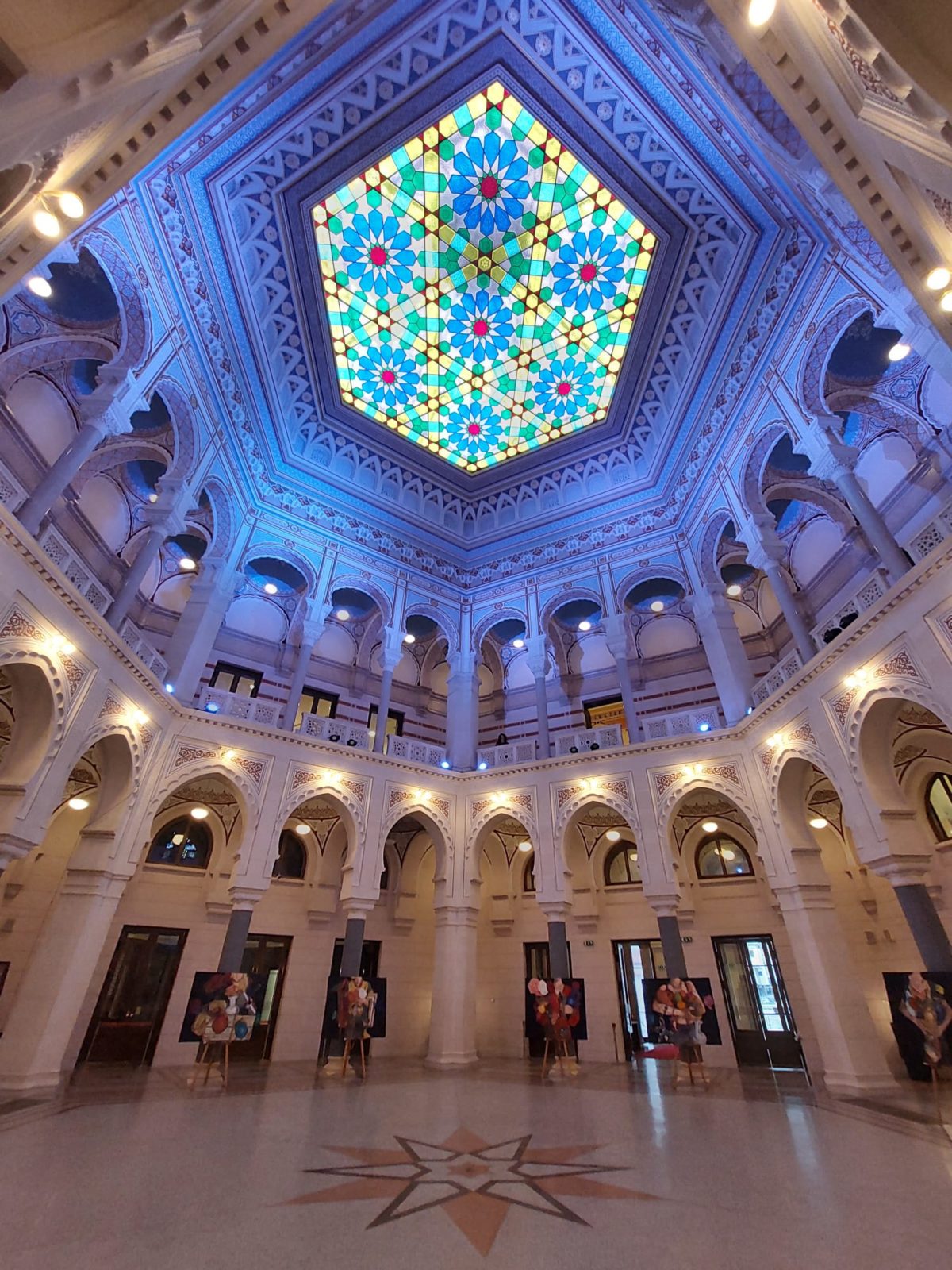
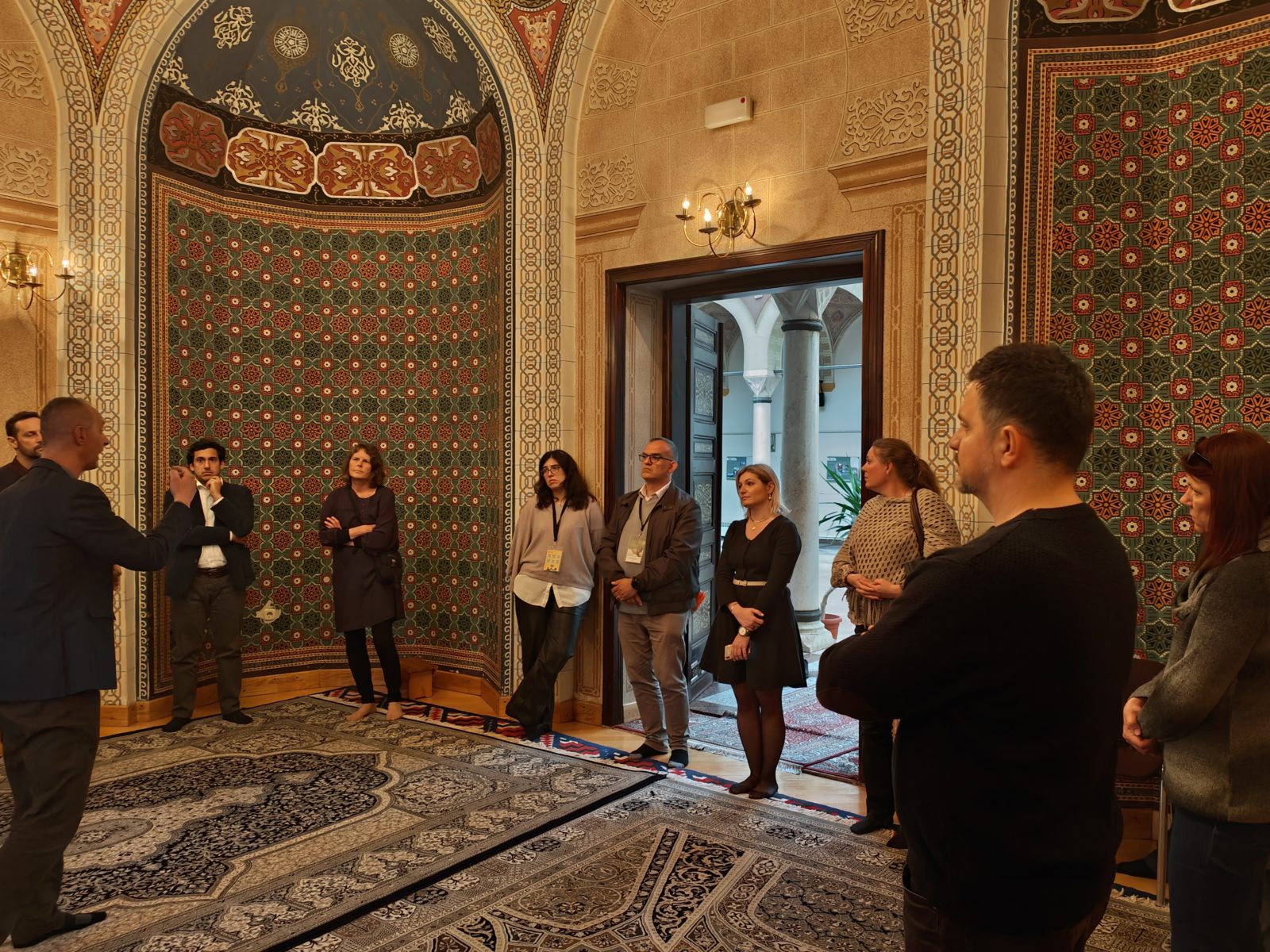
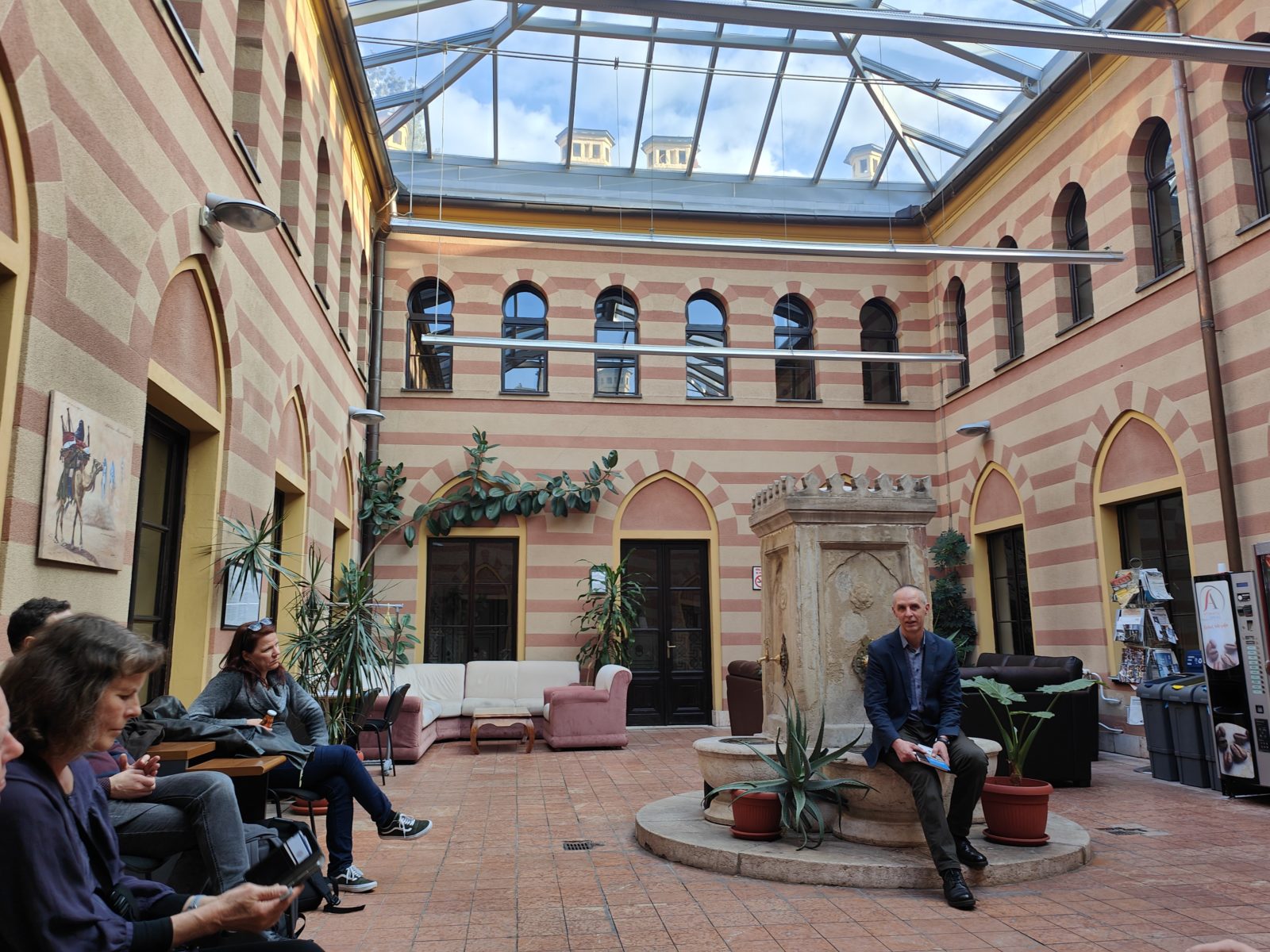
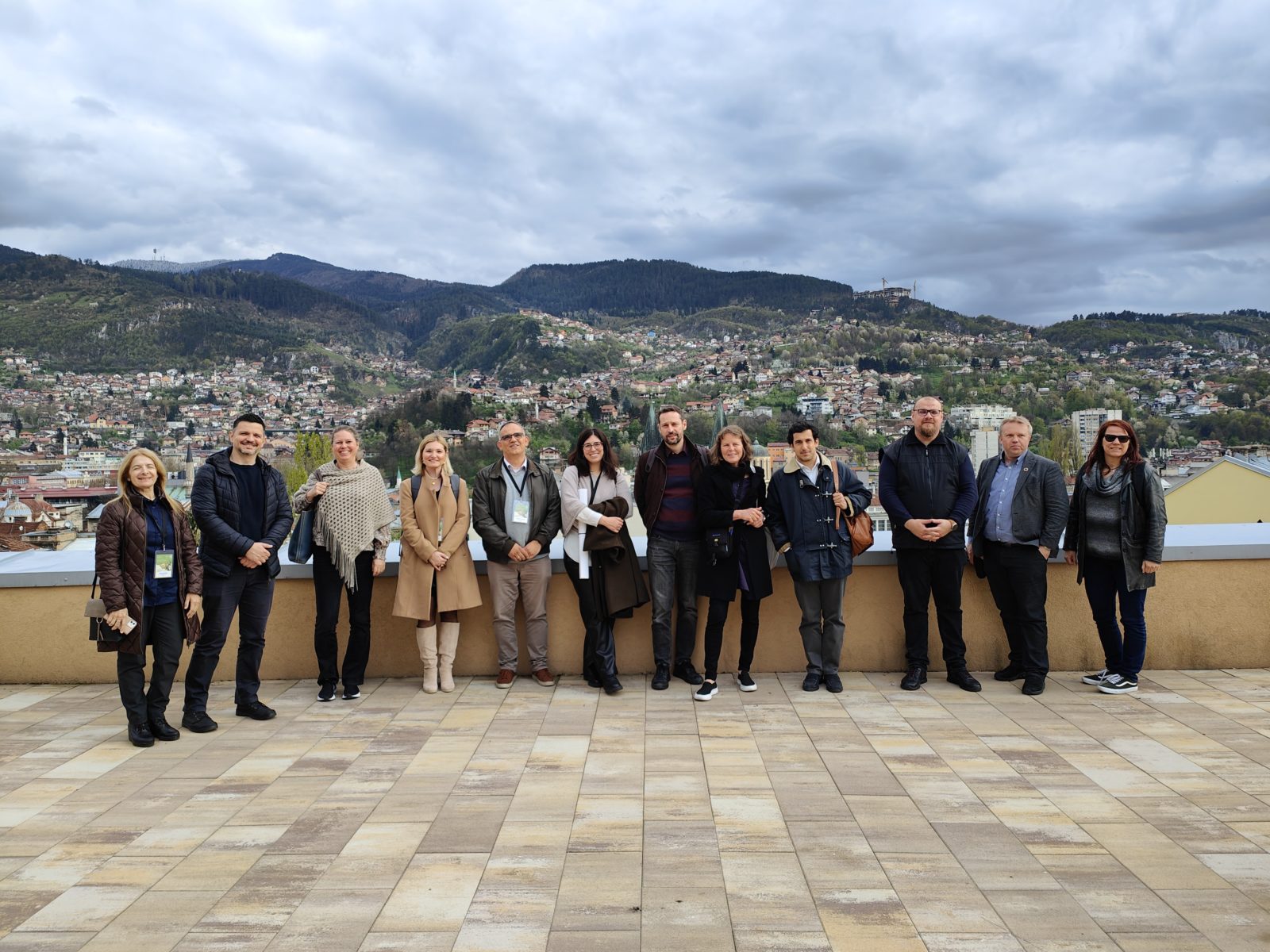
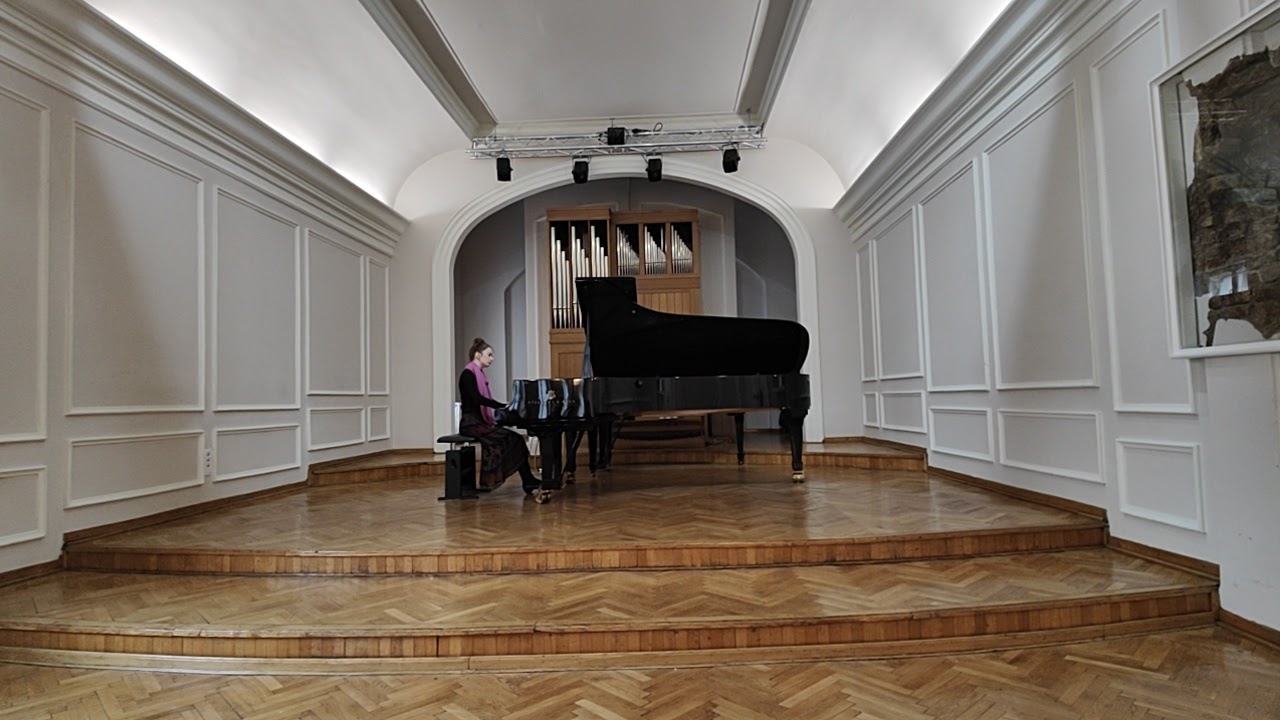


 Co-funded by the European Union. Views and opinions expressed are however those of the authors only and do not necessarily reflect those of the European Union or the European Education and Culture Executive Agency (EACEA). Neither the European Union nor the granting authority can be held responsible for them.
Co-funded by the European Union. Views and opinions expressed are however those of the authors only and do not necessarily reflect those of the European Union or the European Education and Culture Executive Agency (EACEA). Neither the European Union nor the granting authority can be held responsible for them.